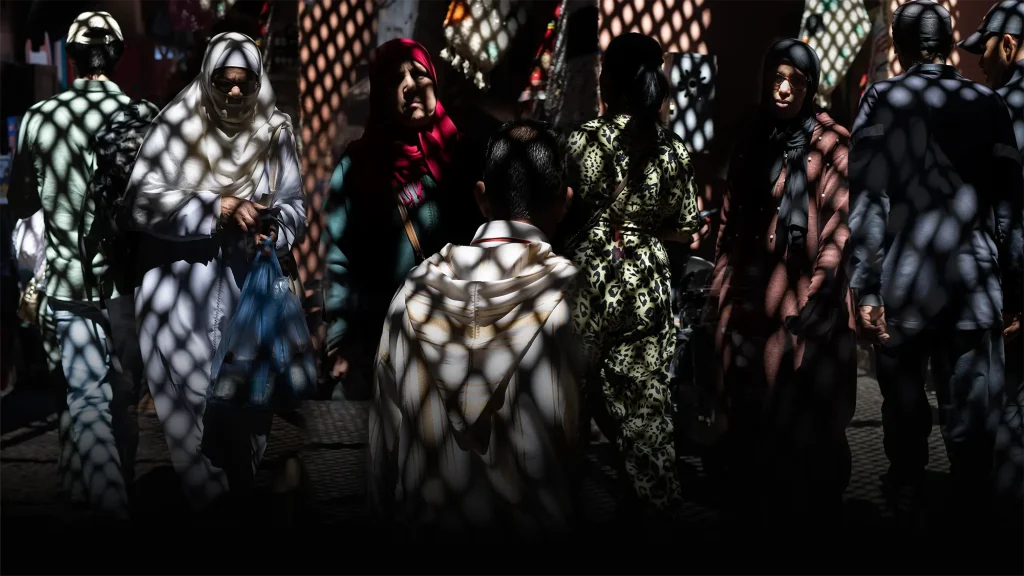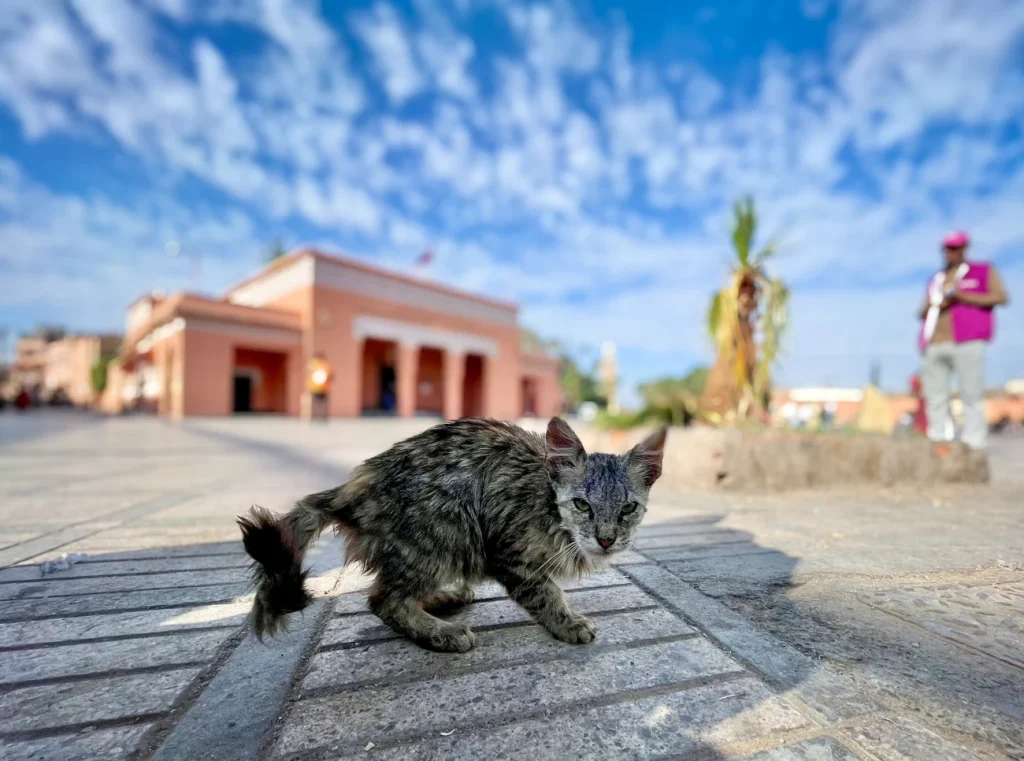
A Little History of Cats: Origins and Early History
Cats have been a fascinating and enigmatic presence in human history for thousands of years. While their precise origins remain shrouded in mystery, evidence suggests that the domestic cat (Felis catus) traces its ancestry back to the Near East, particularly ancient Egypt and Mesopotamia. These regions served as cradles of civilization where early humans first began to cultivate crops and store surplus food, inadvertently attracting wildcats to human settlements.
Archaeological findings indicate that cats began to form a mutually beneficial relationship with humans around 9,000 years ago, as they proved invaluable in controlling rodent populations that threatened stored grain supplies. Over time, humans recognized the utility and companionship of these feline hunters, leading to their gradual domestication.
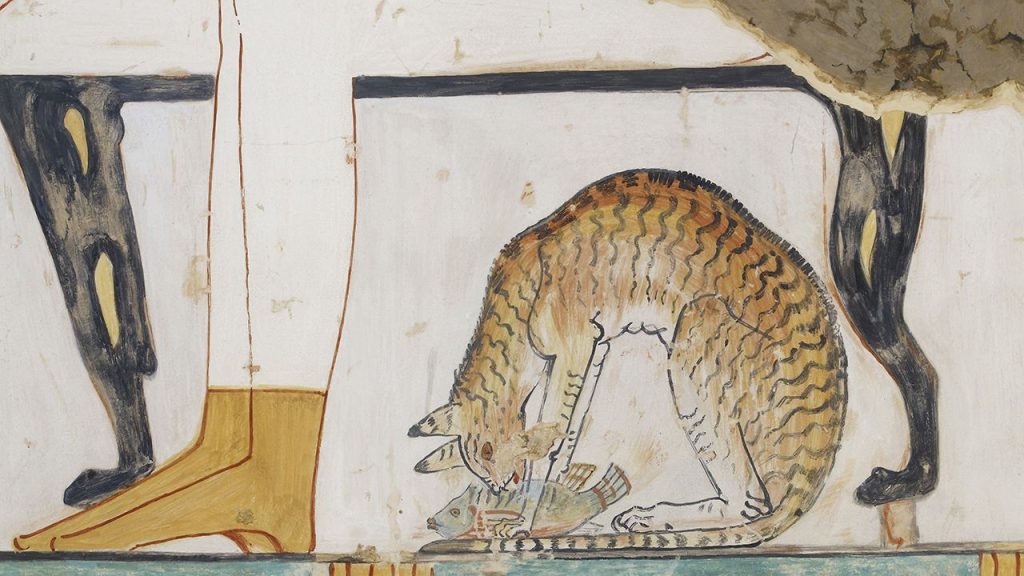
In ancient Egypt, cats achieved a revered status and were associated with various deities, such as Bastet, the goddess of home, fertility, and childbirth. They were revered as sacred animals and enjoyed privileges and protections afforded to few other creatures. Egyptian artwork and hieroglyphs depict cats as symbols of grace, mystery, and divine protection.
Similarly, in Mesopotamia, cats were esteemed for their hunting prowess and revered for their ability to safeguard homes and granaries from vermin. They were often depicted in art and mythology, reflecting their significance in daily life and belief systems.

As trade and civilization spread across the ancient world, so too did cats, accompanying sailors and merchants on their journeys. Their presence on ships helped control pests and earned them a reputation as symbols of good luck and fortune.
In summary, the early history of cats is intertwined with the rise of human civilization, where they played essential roles as hunters, protectors, and revered companions. Their mysterious origins and enduring appeal continue to captivate us to this day.
Moroccan cats


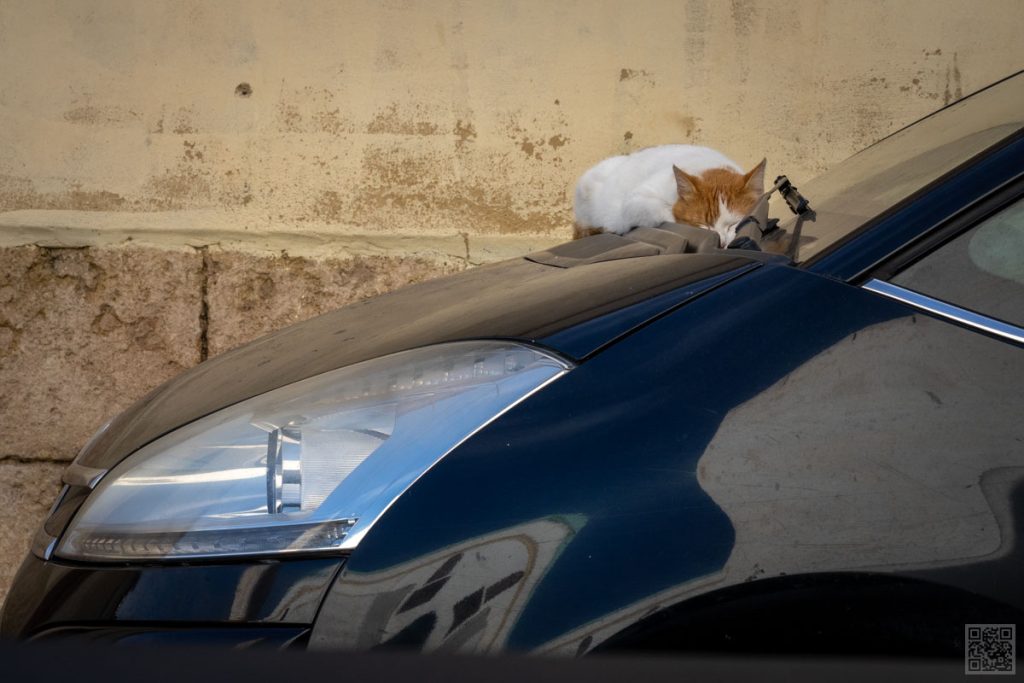
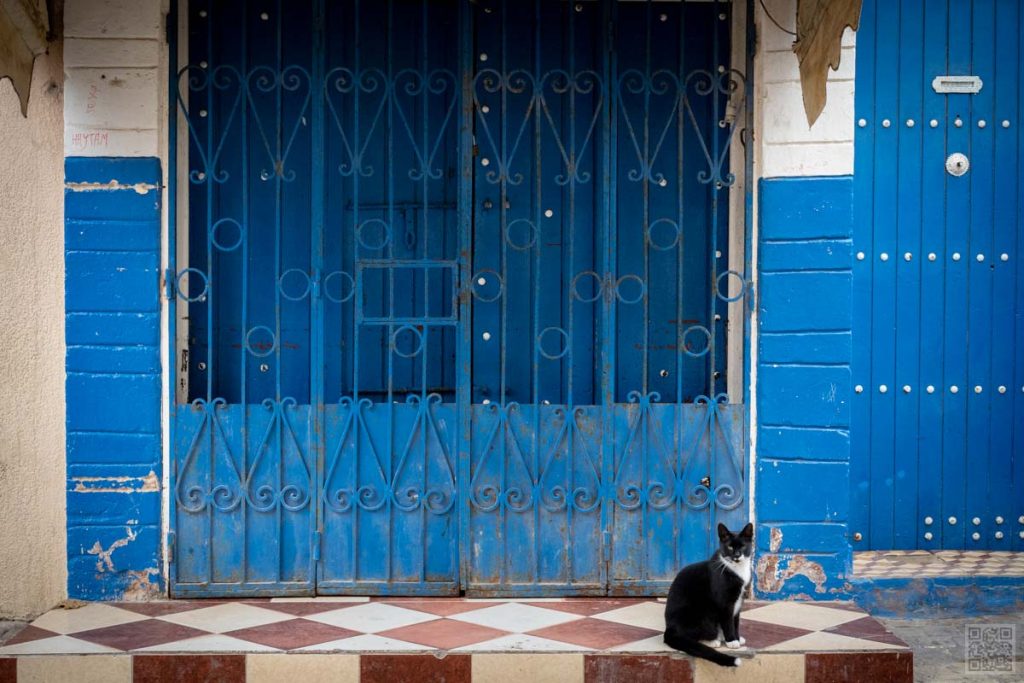

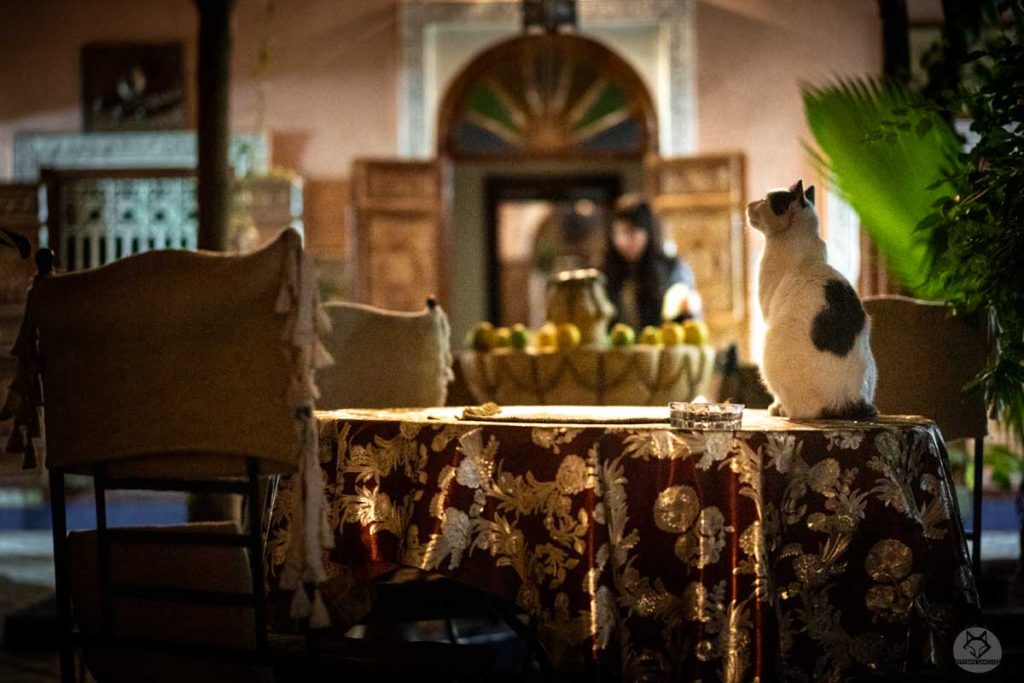
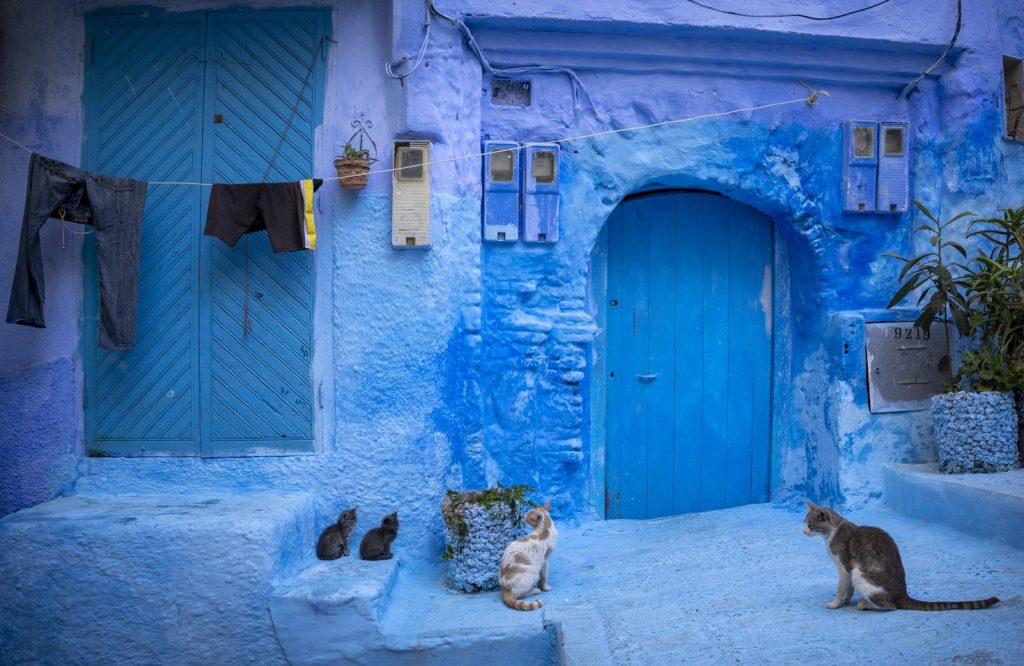
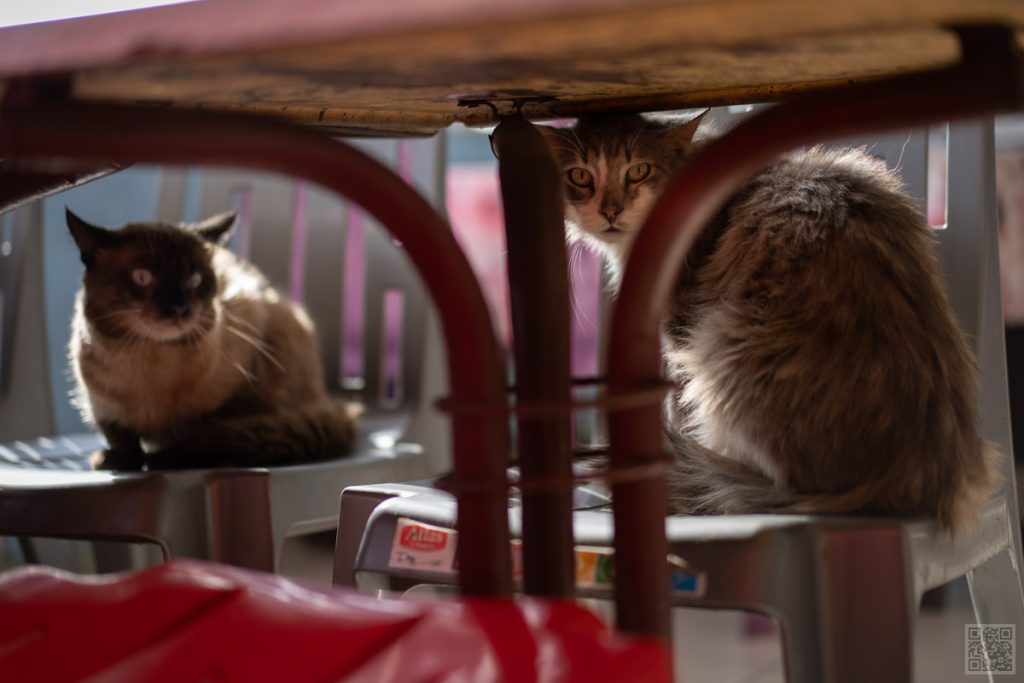
In the vibrant streets of Morocco, amidst the bustling medinas and colorful souks, one can often encounter a beloved companion of the locals – the Moroccan cats. Known scientifically as Felis domesticus, these feline creatures are deeply woven into the fabric of Moroccan culture, serving as both pets and guardians of the ancient alleyways.
Curious cats gather around the butcher shop, eagerly awaiting a potential treat from the generous butcher. Their hopeful eyes follow every movement, hoping for a tasty morsel to come their way.
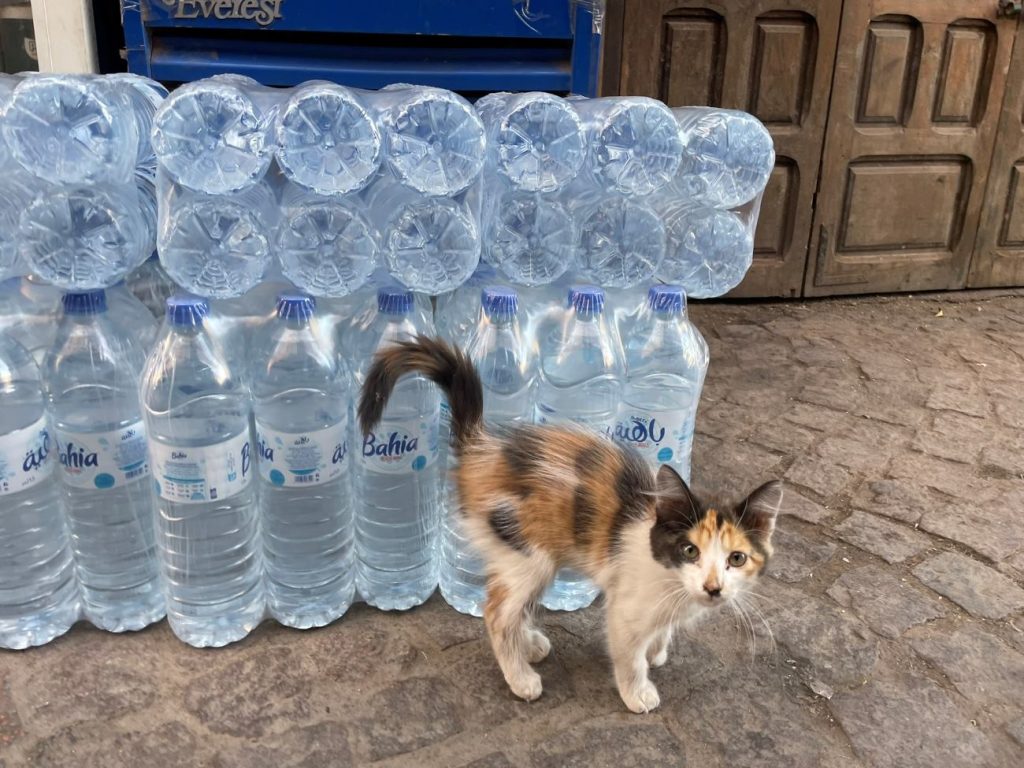
Don’t be surprised when you’re in Morocco and you sit down at a café or restaurant to have something to eat. Within 5-10 minutes, there’s a good chance that one or two cats will show up, whether you’re in Tangier, Chefchaouen, or Marrakesh. It’s completely normal.
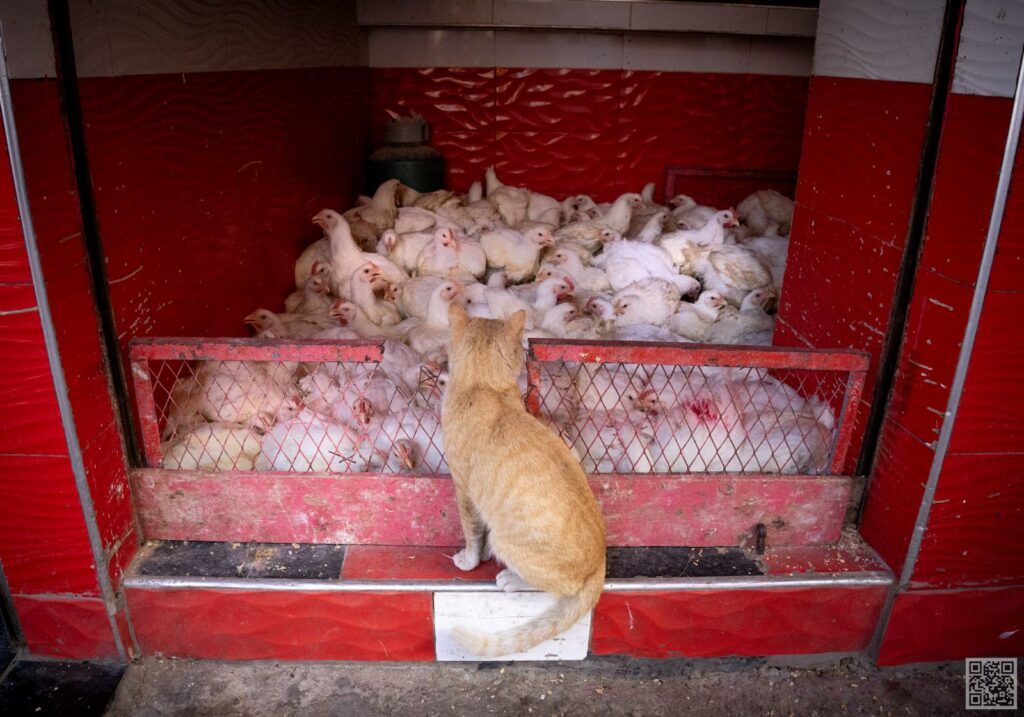
Because Moroccan cats are just like that, always hungry – even if they’ve eaten that day – just like our domestic pets at home.
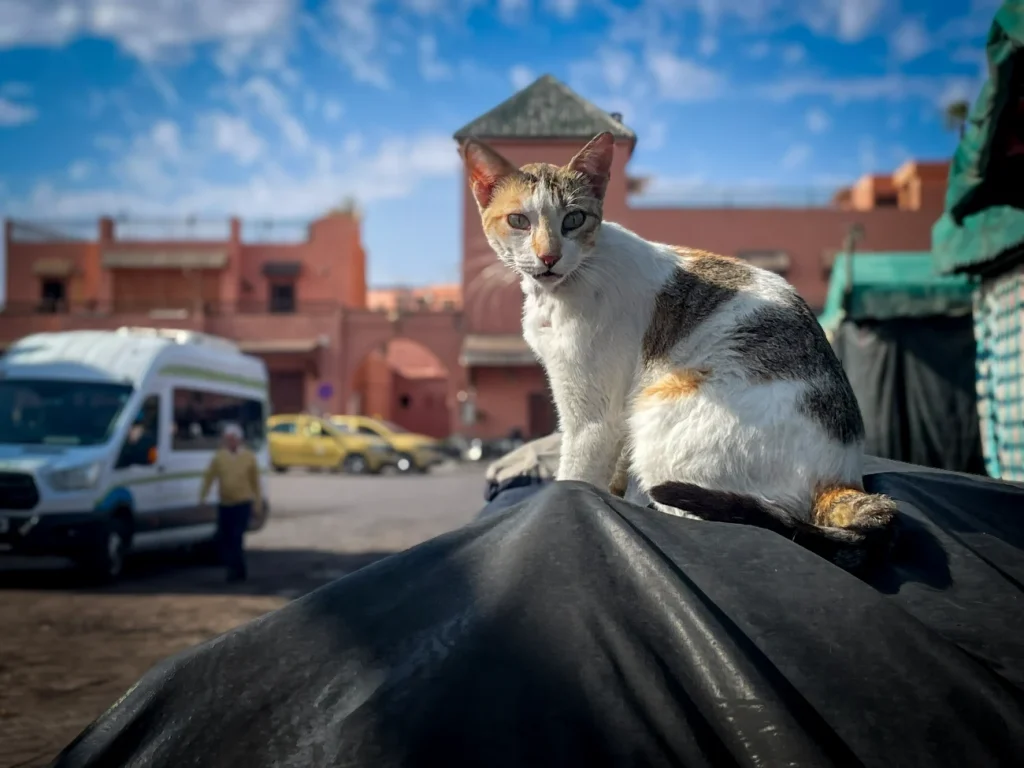
The Moroccan cats always remain hungry…
The presence of cats in Morocco is not merely a coincidence but rather a reflection of the country’s rich history and cultural heritage. From the Amazigh (Berber) tribes to the bustling cities of today, cats have been an integral part of Moroccan society for centuries. Their significance transcends mere companionship, often symbolizing protection, luck, and spirituality within the Maghreb region.

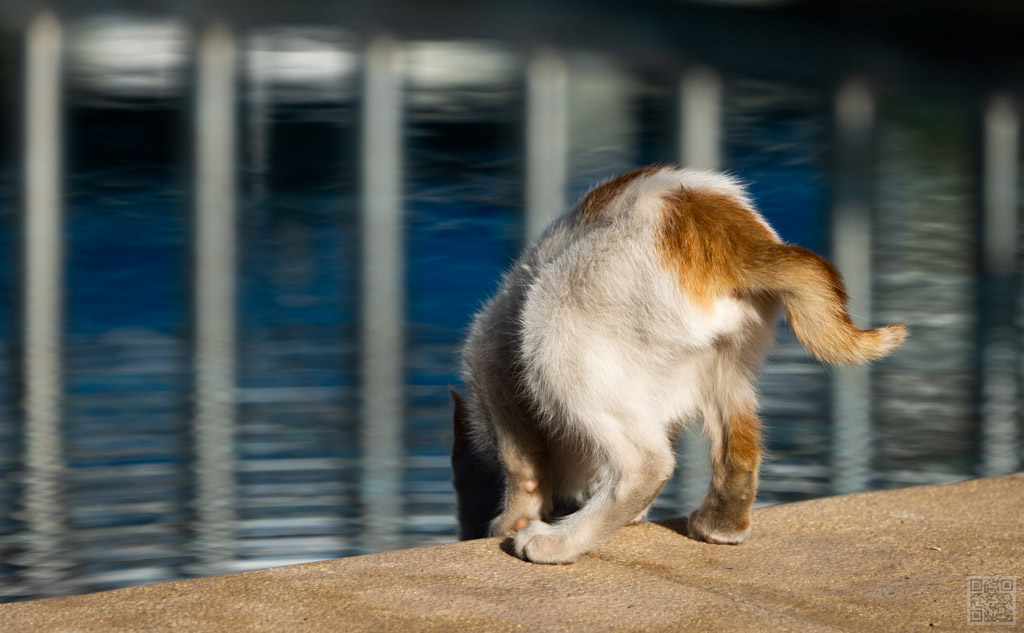
A peculiarly shaped-tailed cat is drinking from a pool at a Moroccan hotel. Its unique silhouette against the shimmering water adds to the charm of this serene scene, as the cat quenches its thirst in the midst of a tranquil oasis.
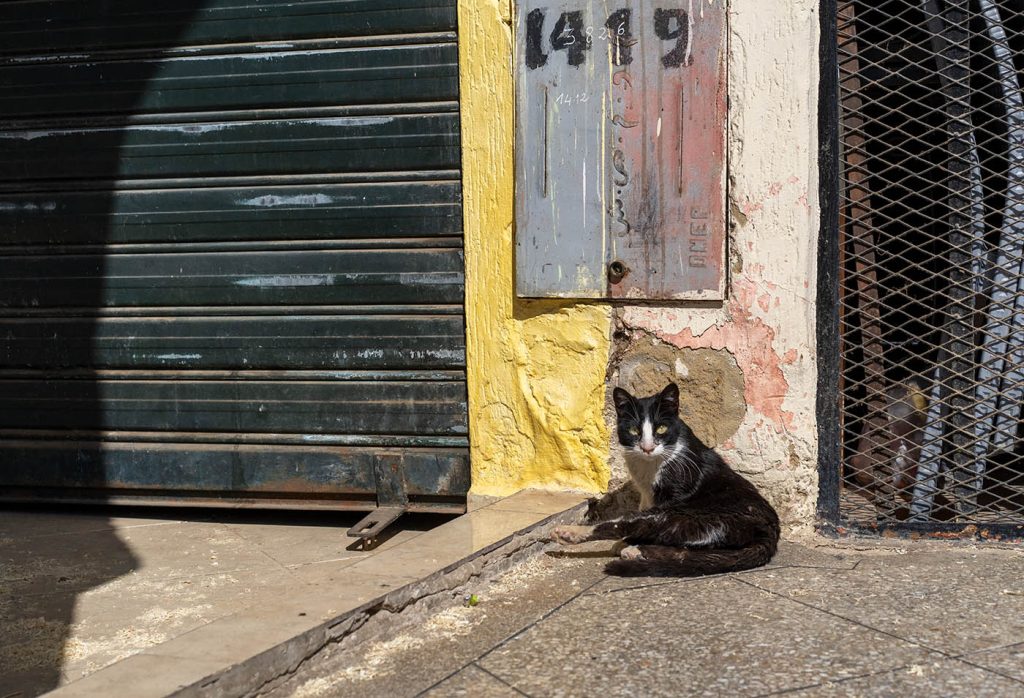
Moroccan cats are no strangers to the bustling dining spots frequented by tourists. With stealthy grace, they navigate the maze of tables and chairs, ever-watchful for an opportunity to charm their way into a savory meal.
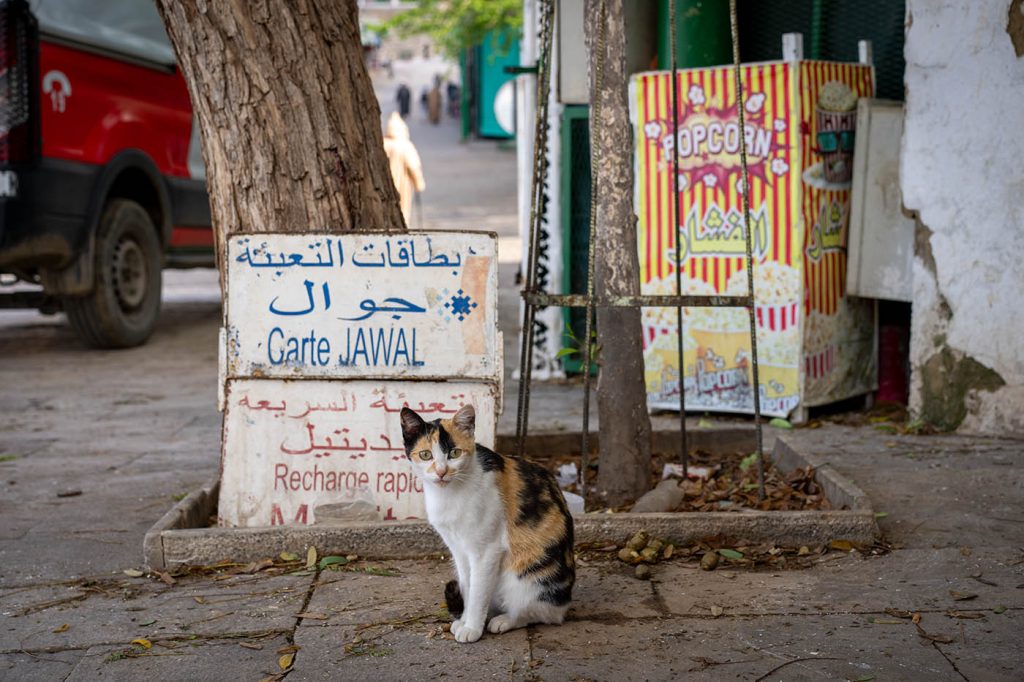
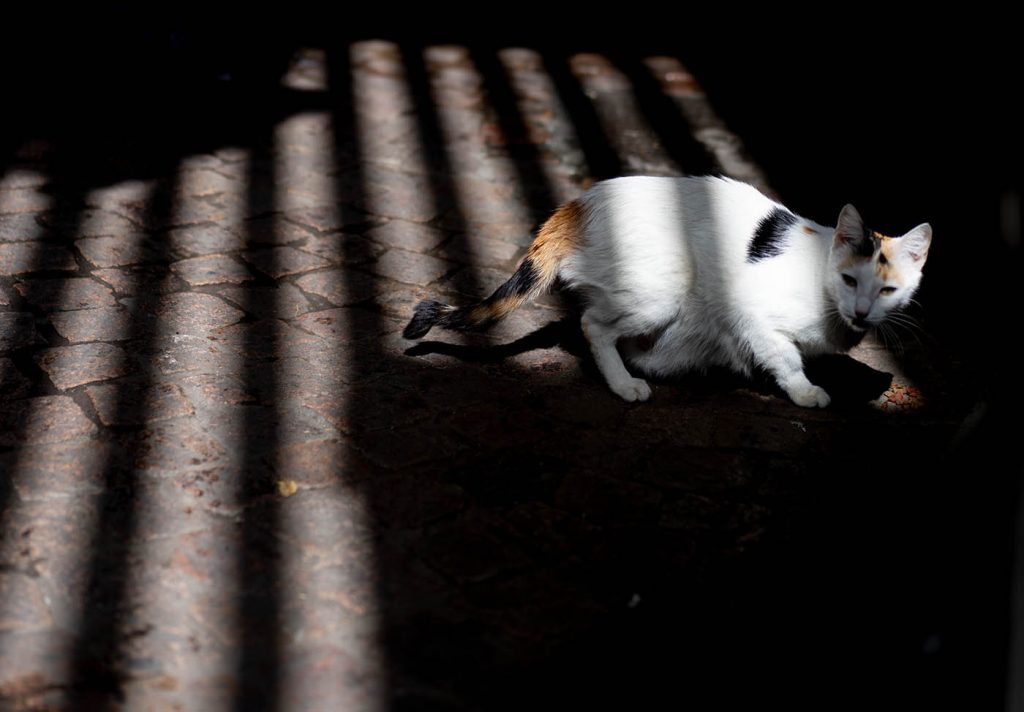
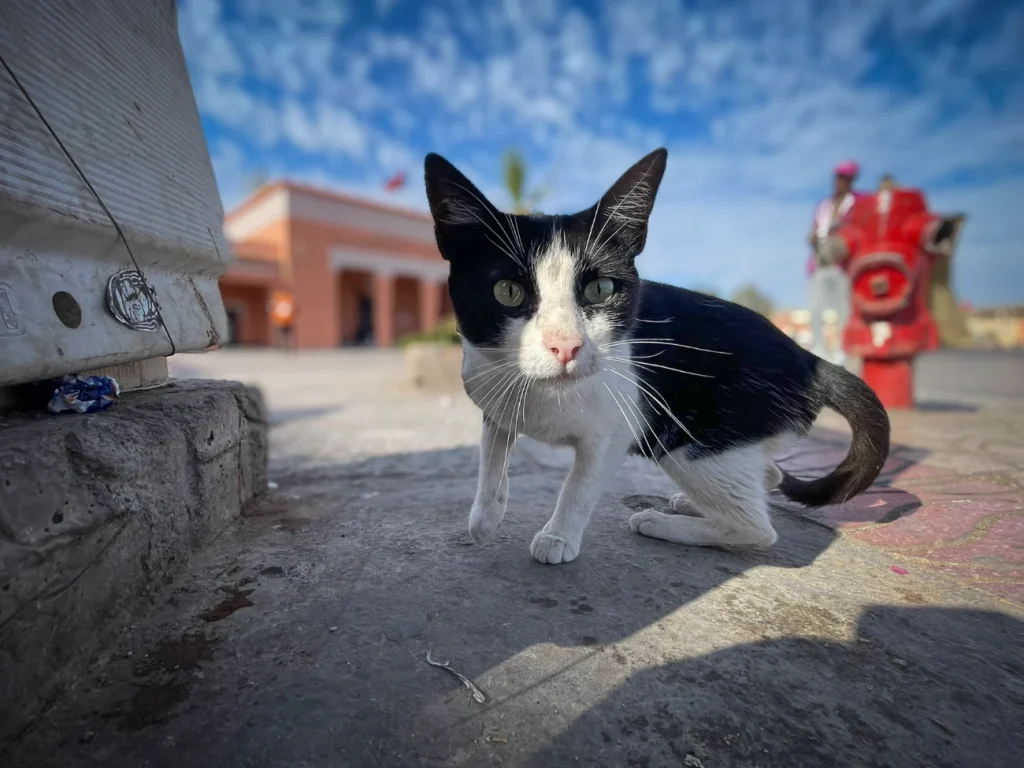
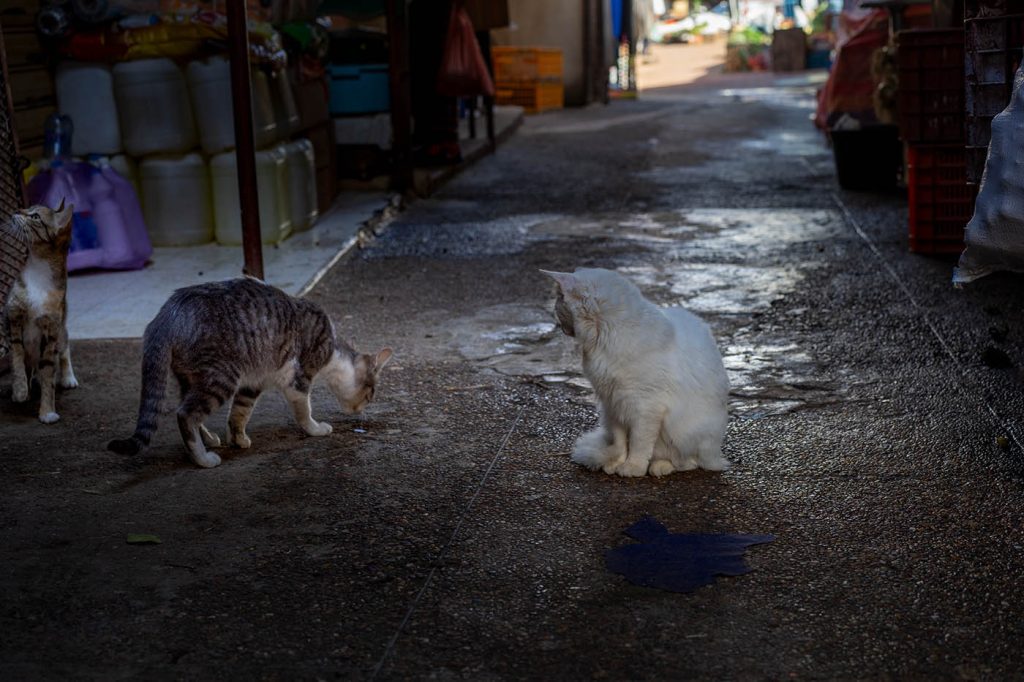
If you feed a cat and up to this point you’ve only seen it alone, you can be sure that soon you’ll discover an entire cat society around you, and from the softest meows to the loudest ones, every note of the symphony will be sounded around you.
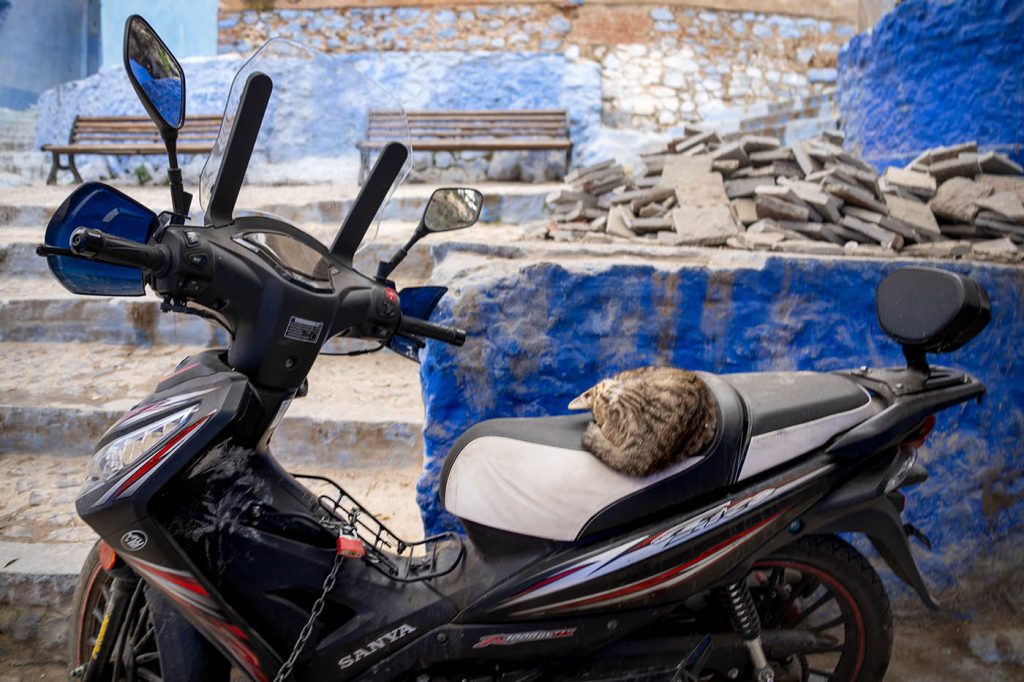
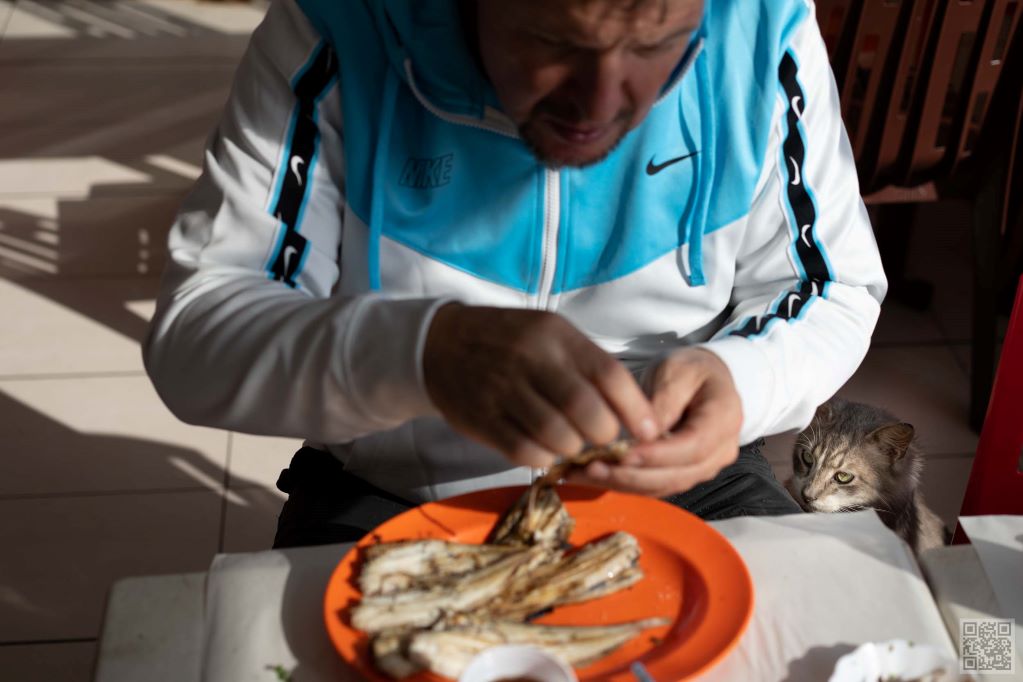
This guy is trying to beg for a little fish next to the tourist’s table in El Jedida, Morocco.
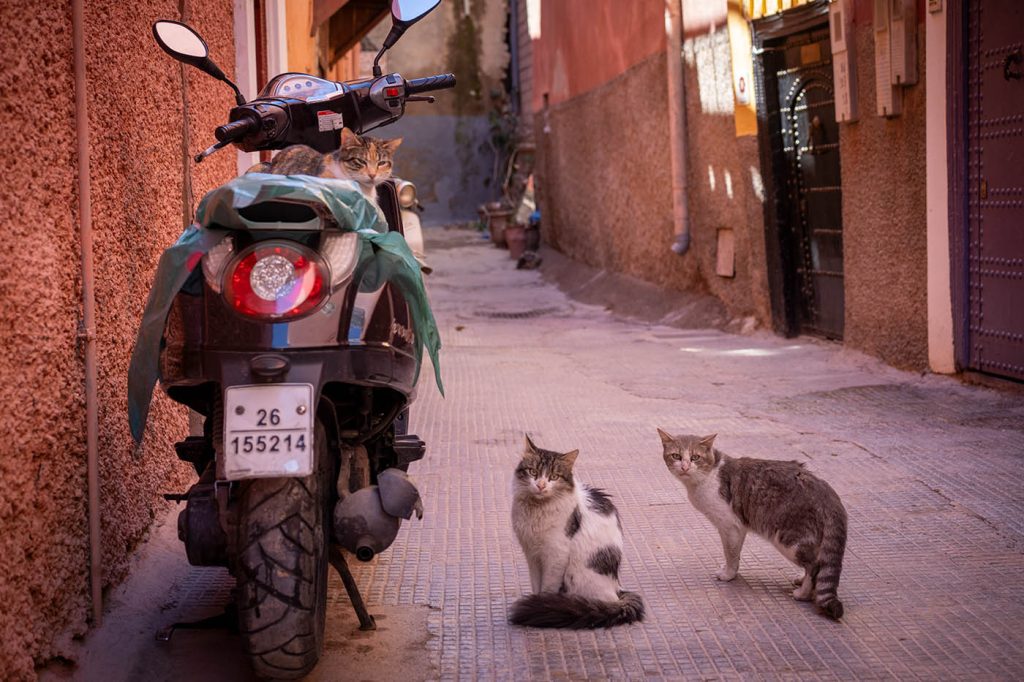
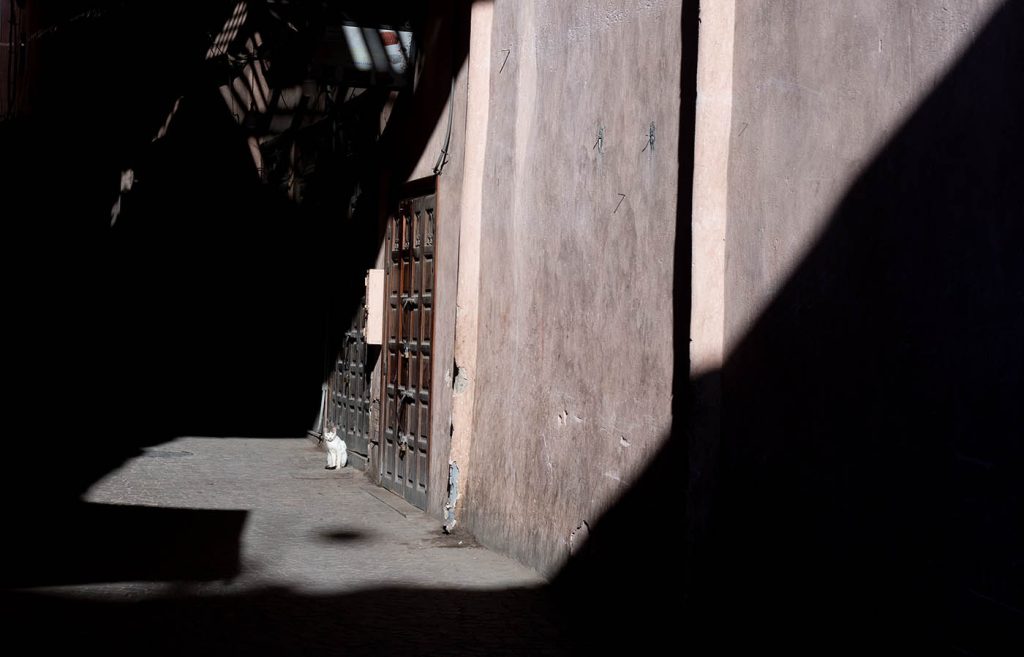
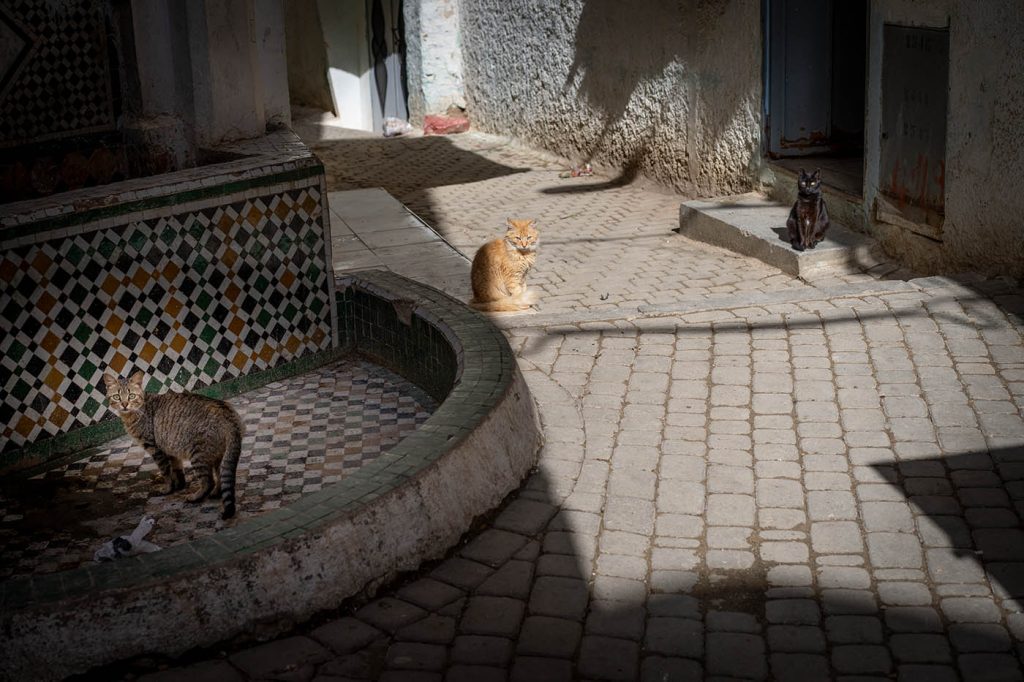
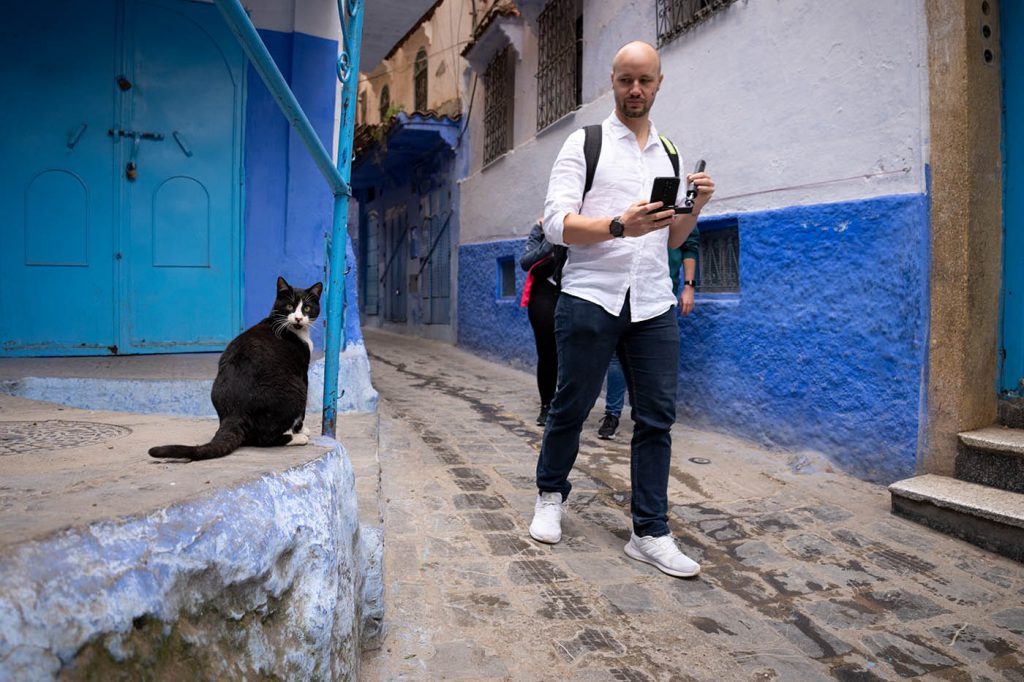
Photography enthusiasts flock to Morocco not only to capture the breathtaking landscapes but also to immortalize the charm of Moroccan cats within their frames. These agile creatures, with their striking features and expressive eyes, offer endless opportunities for captivating shots against the backdrop of traditional Moroccan architecture and bustling medinas.
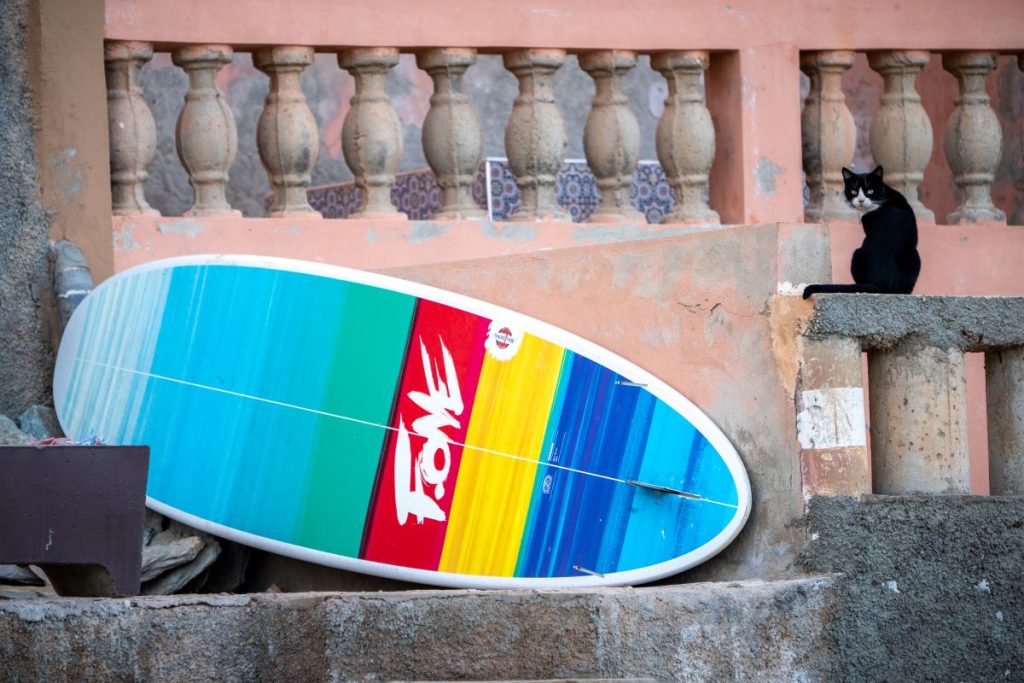
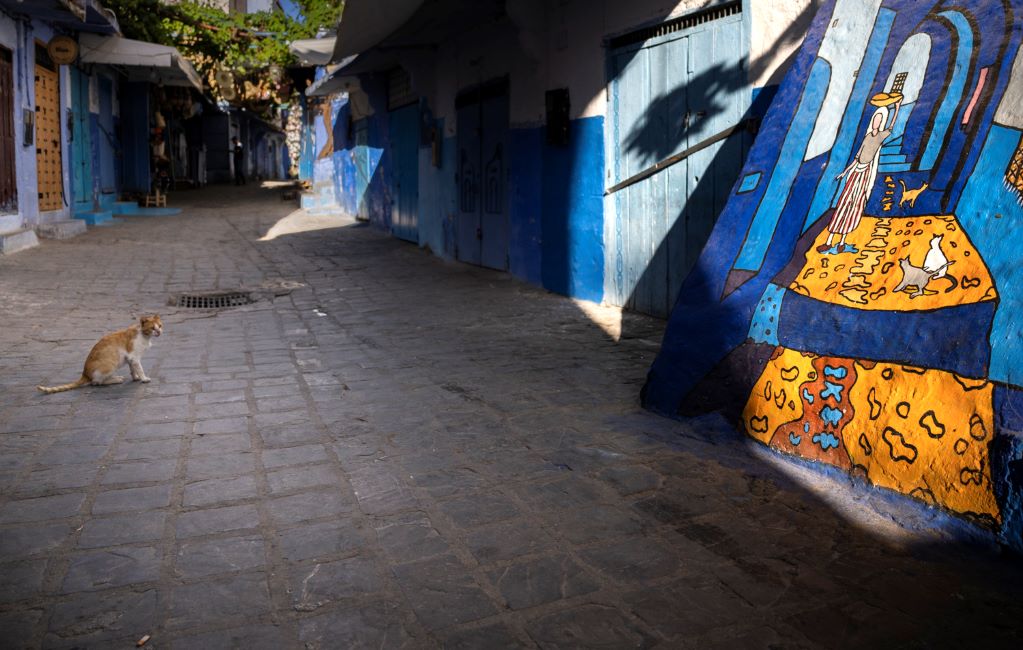
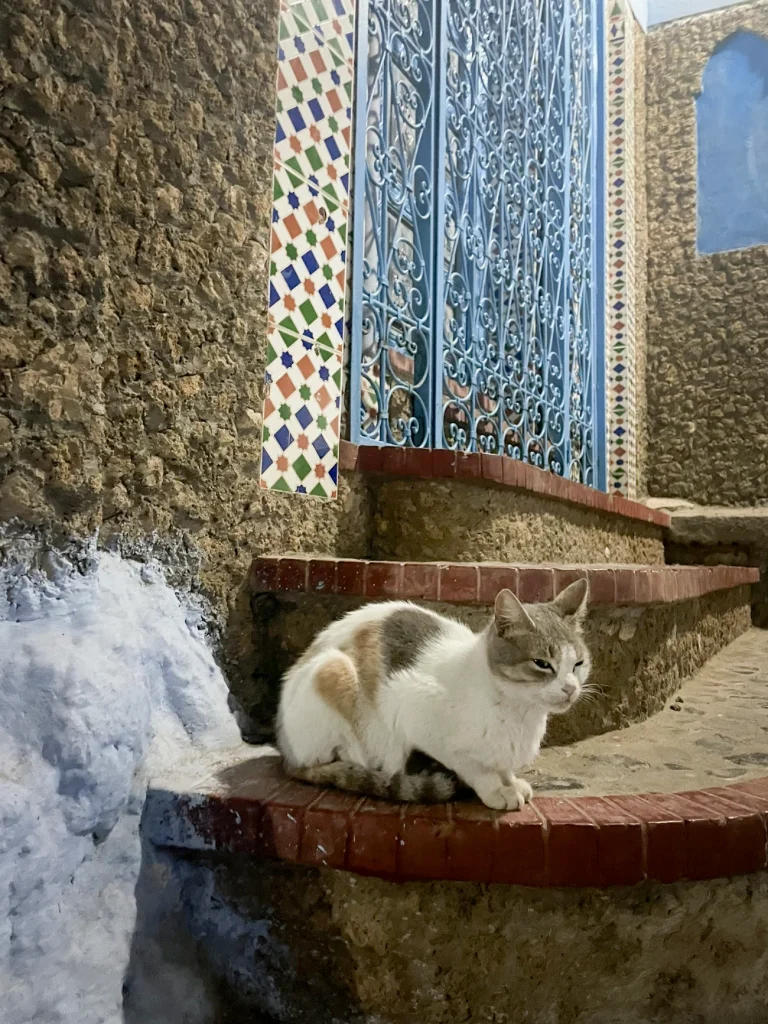
Within the labyrinthine alleys of the medina, cats roam freely, weaving in and out of the bustling crowds with effortless grace. Their presence adds to the vibrant tapestry of Moroccan culture, reflecting the country’s unique blend of tradition and modernity. Artists and painters draw inspiration from these feline muses, incorporating their elegance and mystique into vibrant works of art that adorn the walls of color houses and galleries across the country.
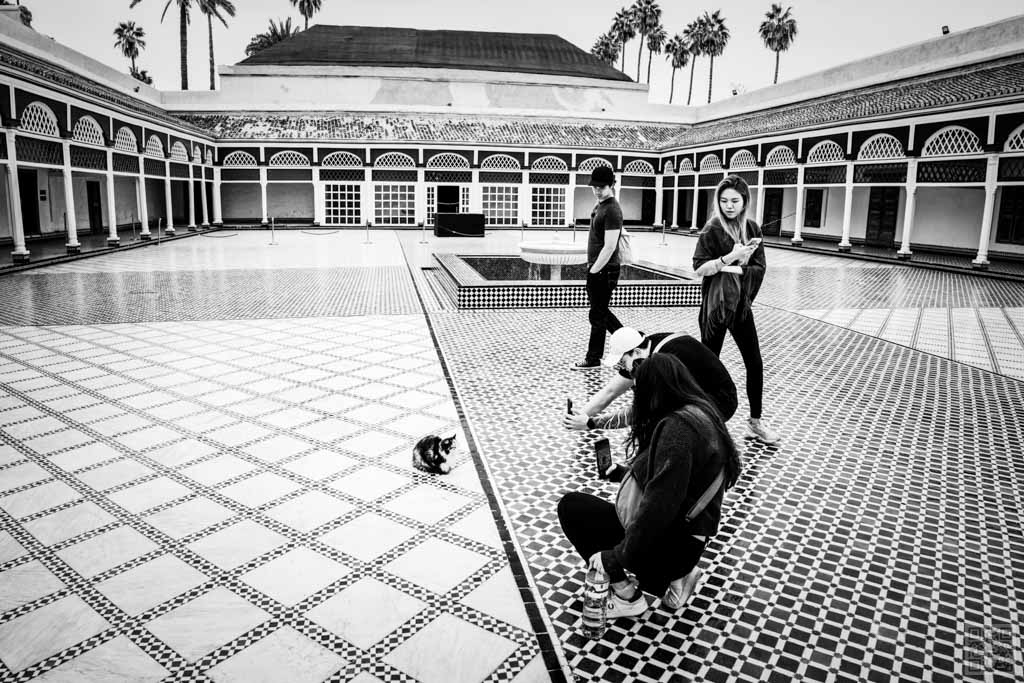
Amidst the hustle and bustle of Moroccan urban life, cats gracefully navigate the chaotic streets with an air of independence. Whether perched on ancient walls or darting through narrow alleyways, these street-smart felines are a familiar sight in the vibrant cityscape.
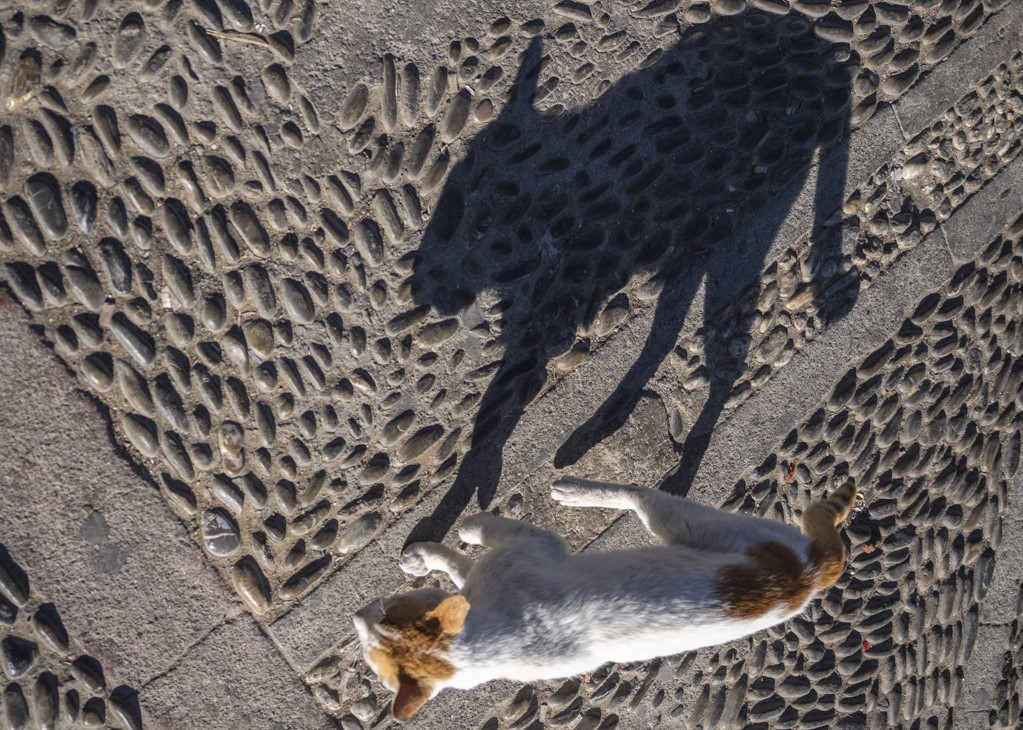
In Moroccan folklore, cats are often depicted as guardians of the home, warding off evil spirits and bringing good fortune to their owners. Their role in traditional Berber culture is particularly significant, with ancient beliefs attributing mystical powers to these enigmatic creatures. Even today, many Moroccans hold deep respect and admiration for cats, considering them as revered companions on their journey through life.
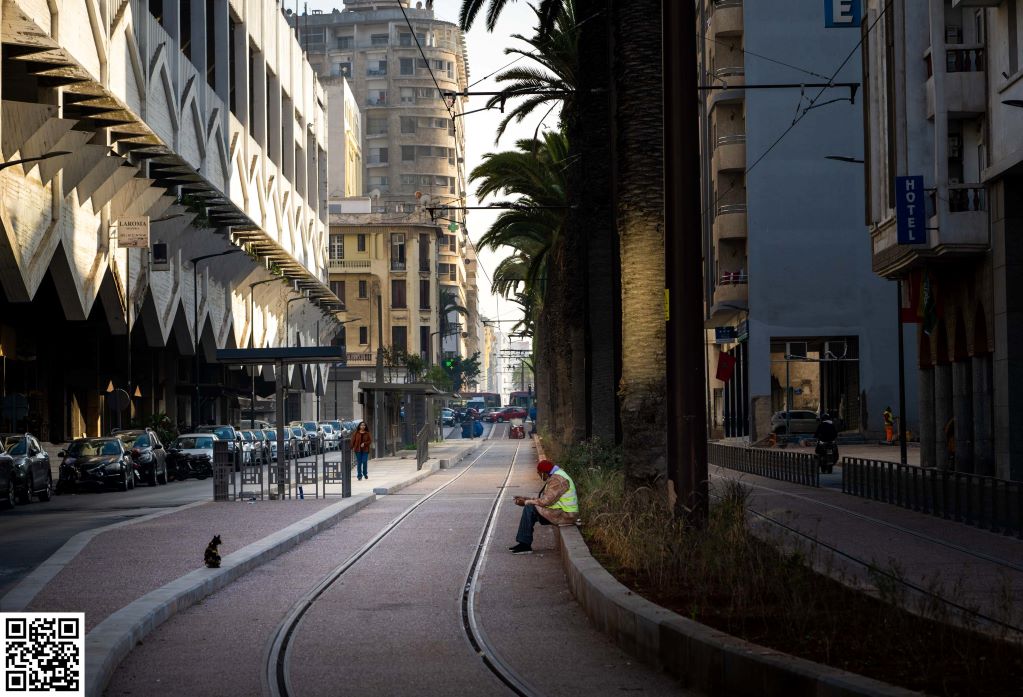
As one navigates the narrow alleyways of the medina, it is impossible to overlook the ubiquitous presence of cats, lounging lazily in the sun or darting through the labyrinth of streets. Their silent yet profound presence serves as a reminder of the timeless allure of Moroccan culture, where tradition and modernity intertwine seamlessly.
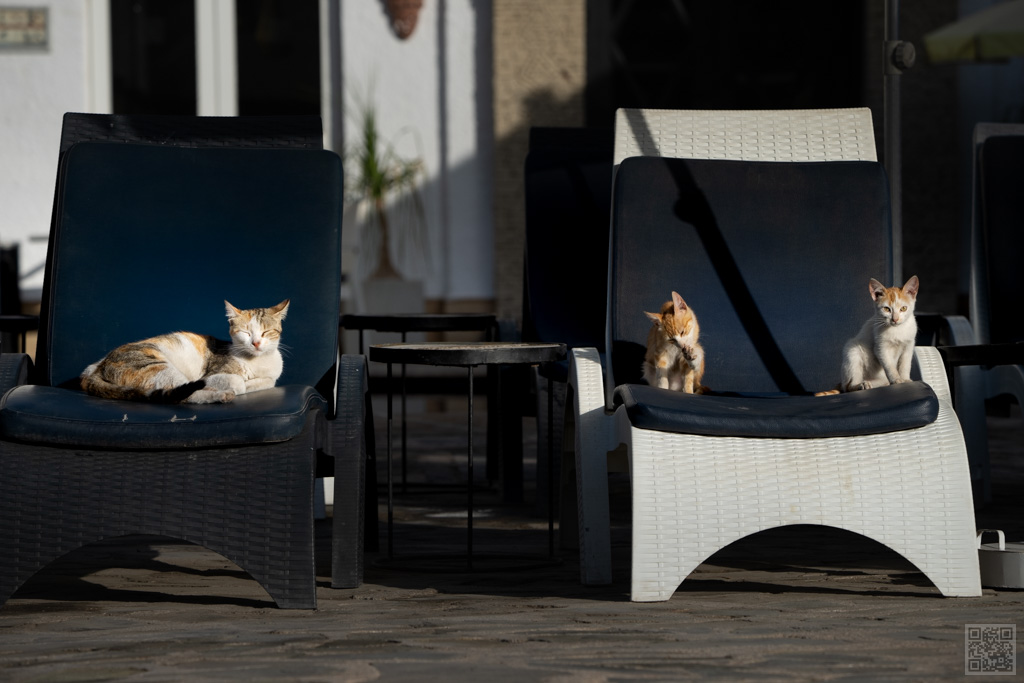
So much for how cats think of us as servants…
In the heart of Moroccan communities, complete cat families can often be spotted, with playful kittens frolicking under the watchful eye of their vigilant mother. Together, they roam the streets, forming a tight-knit family unit bound by love and survival instincts.
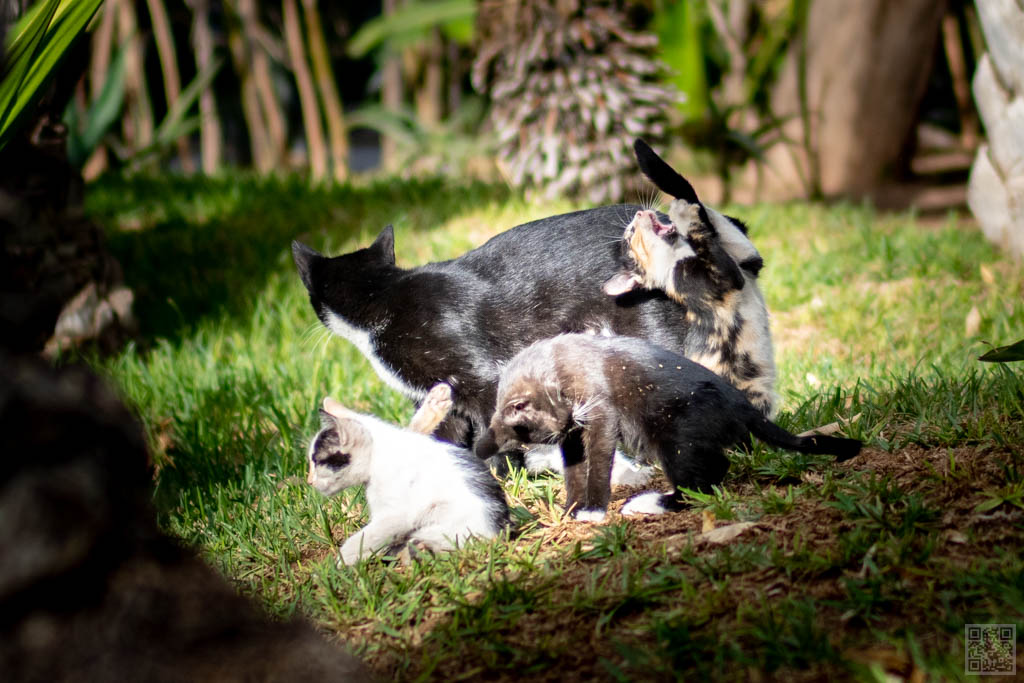
In conclusion, Moroccan cats epitomize the essence of the Maghreb – resilient, enigmatic, and deeply entrenched in the tapestry of Moroccan culture. As they continue to captivate the hearts of locals and visitors alike, these graceful creatures remain an enduring symbol of the timeless charm and allure of Morocco.
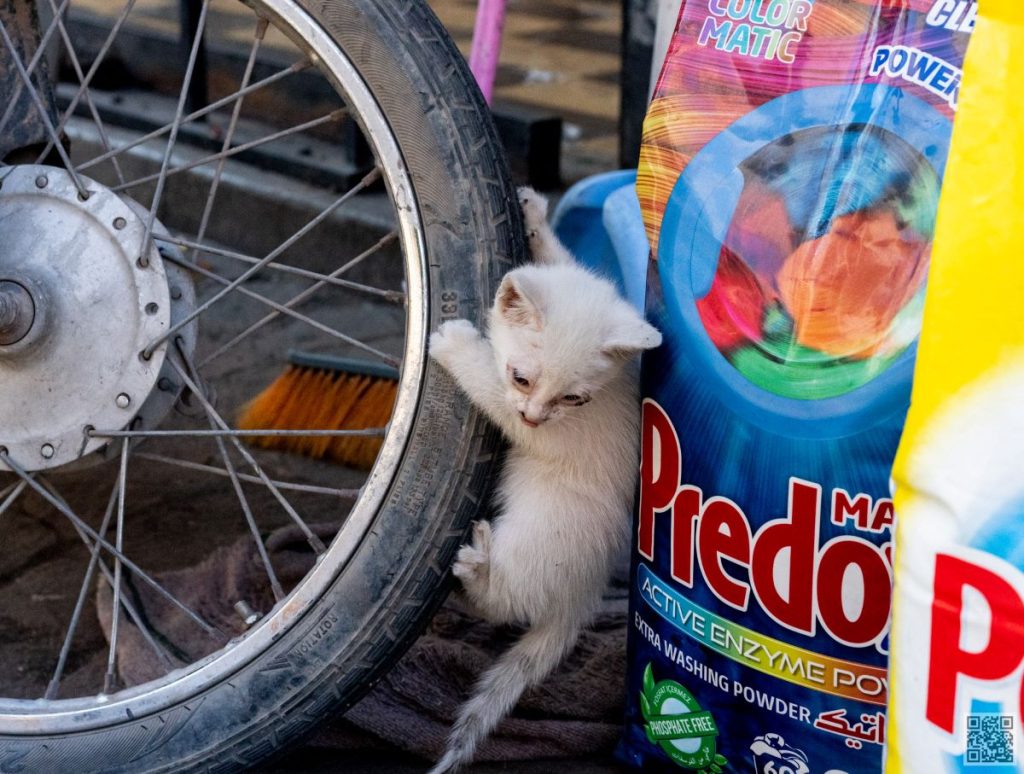
Cats of Chefchaouen and Marrakech
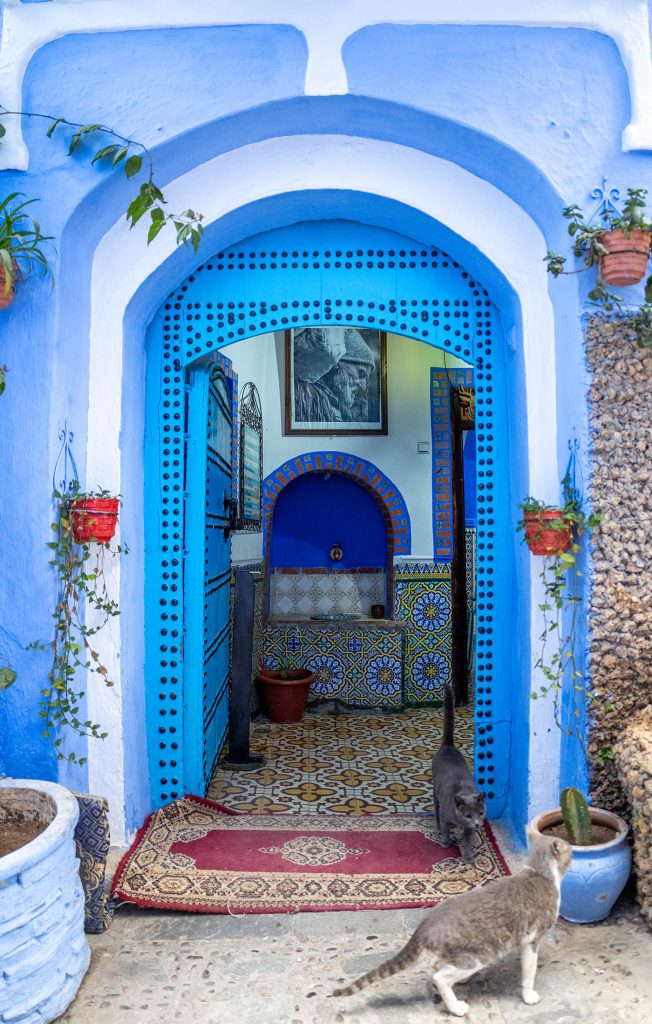
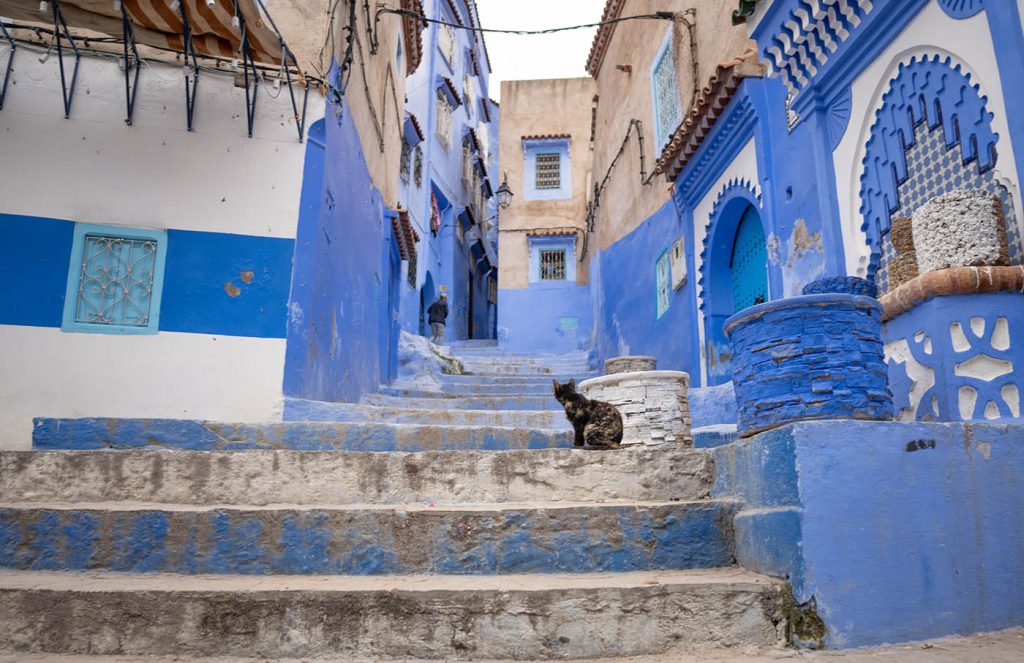
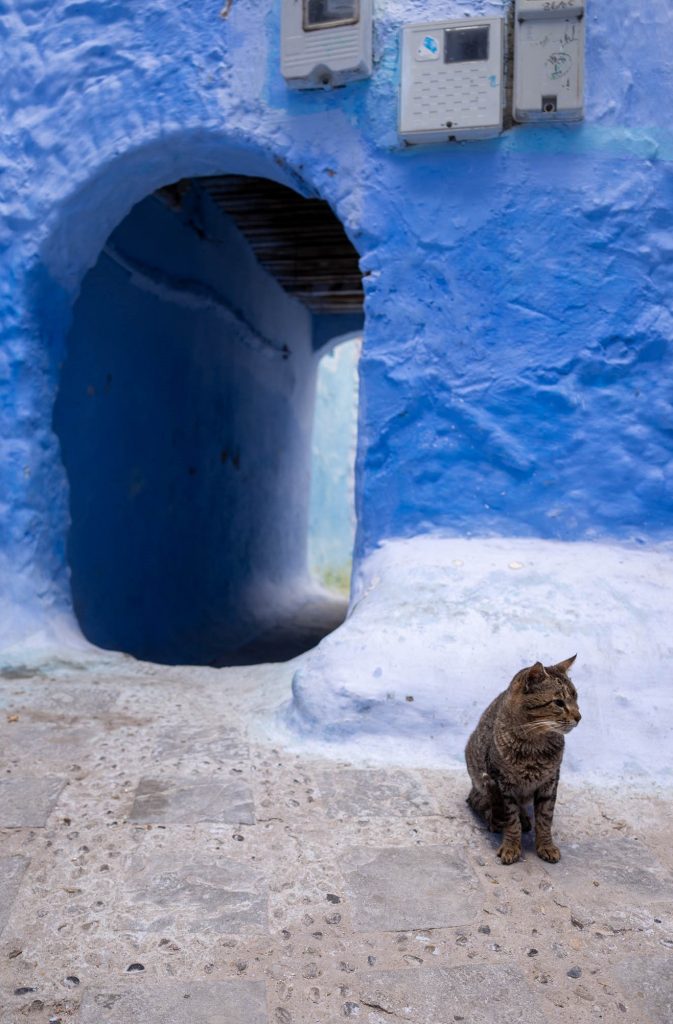
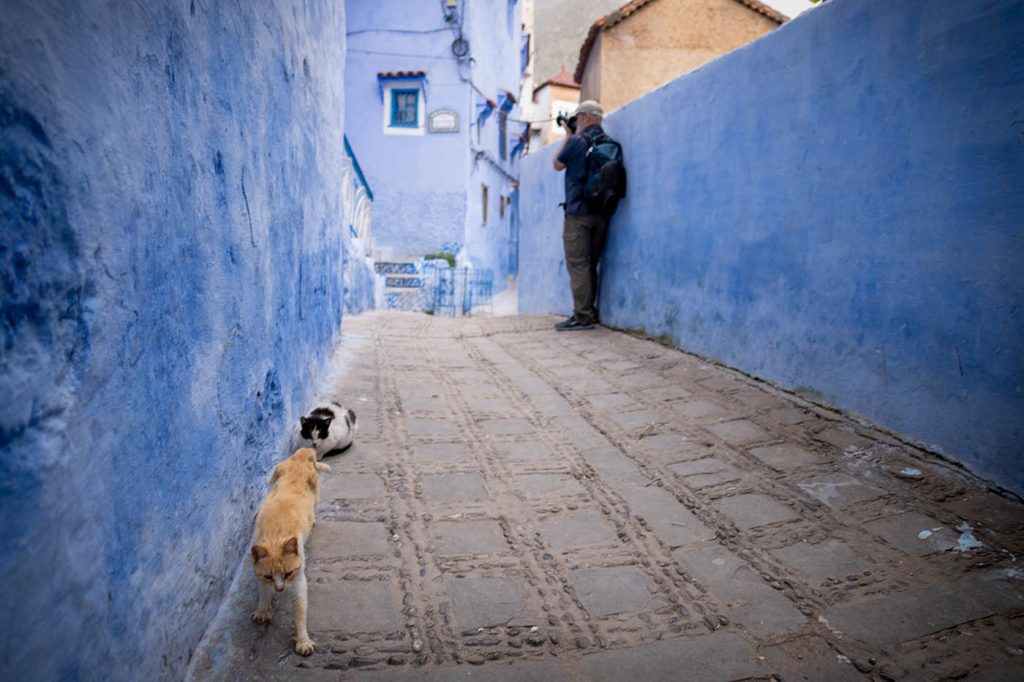
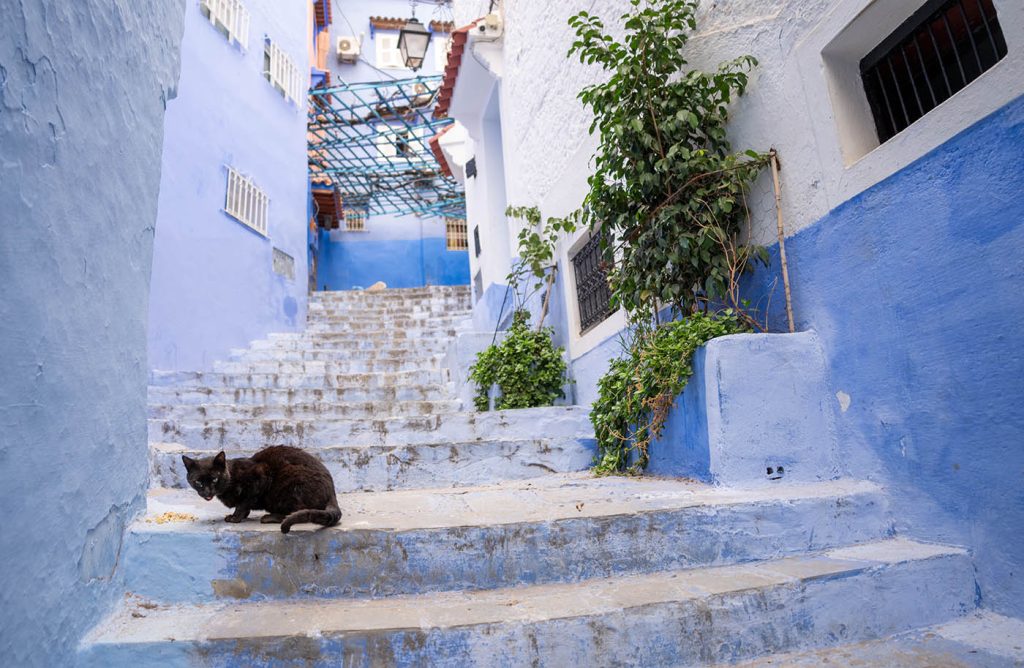
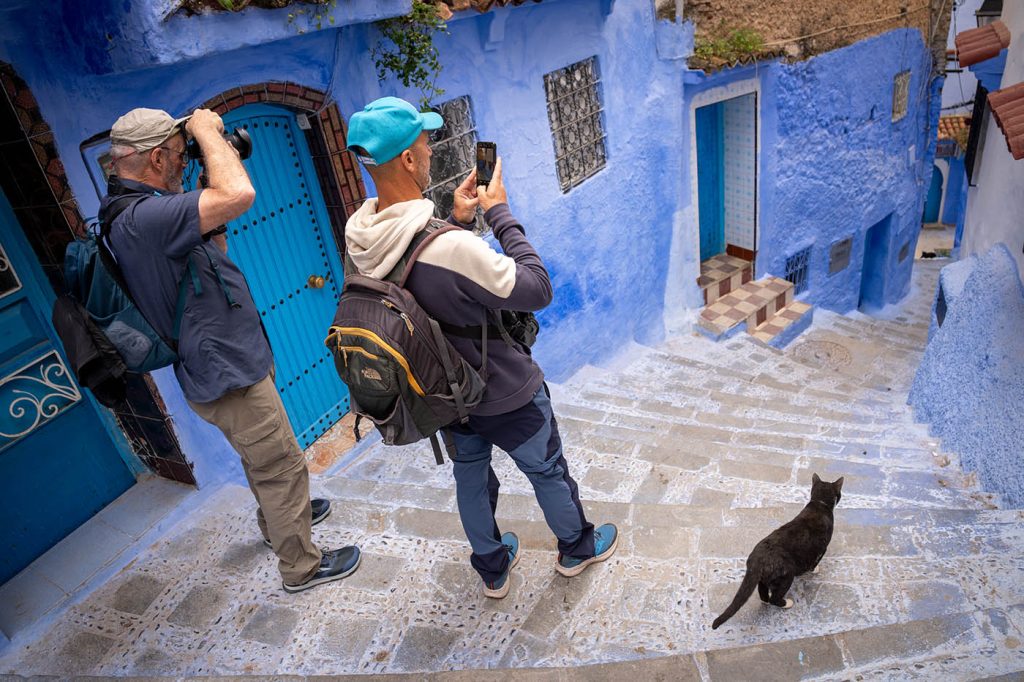
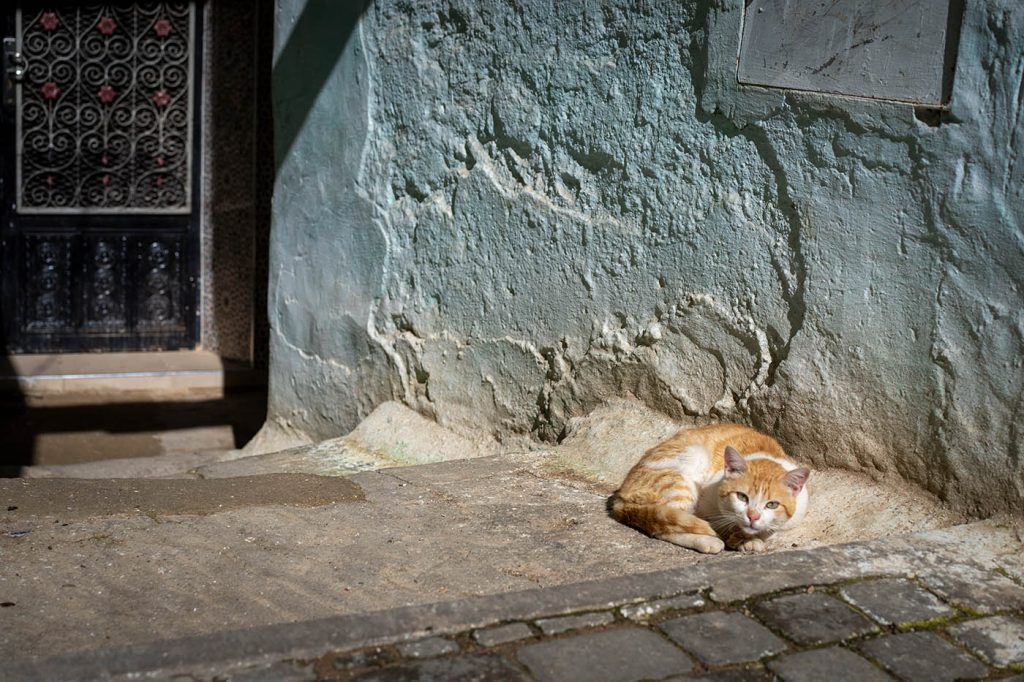
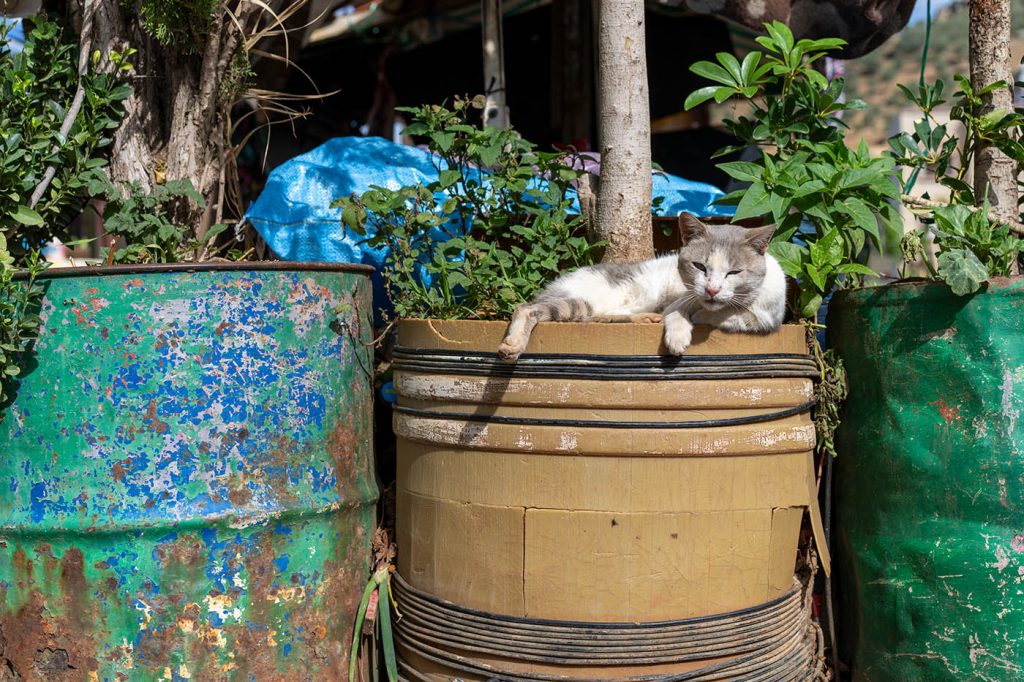
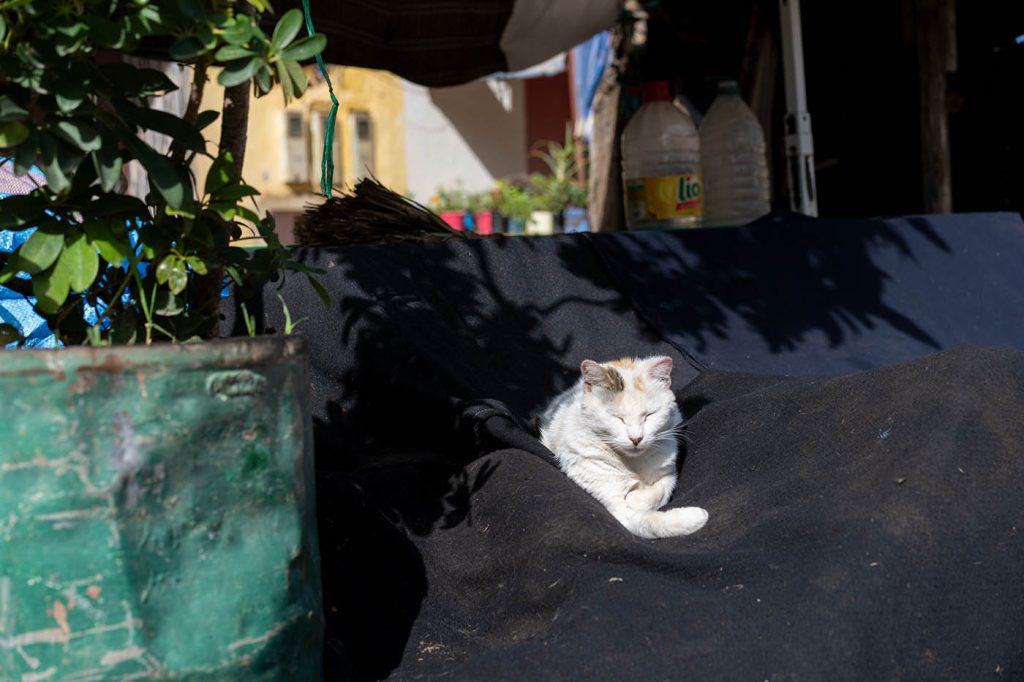

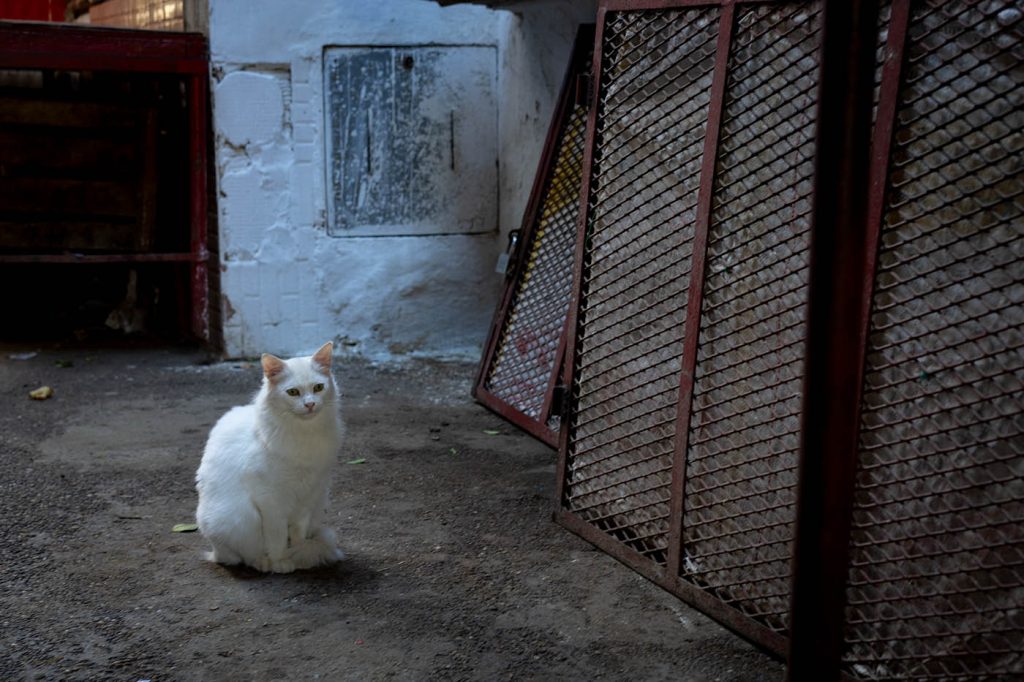
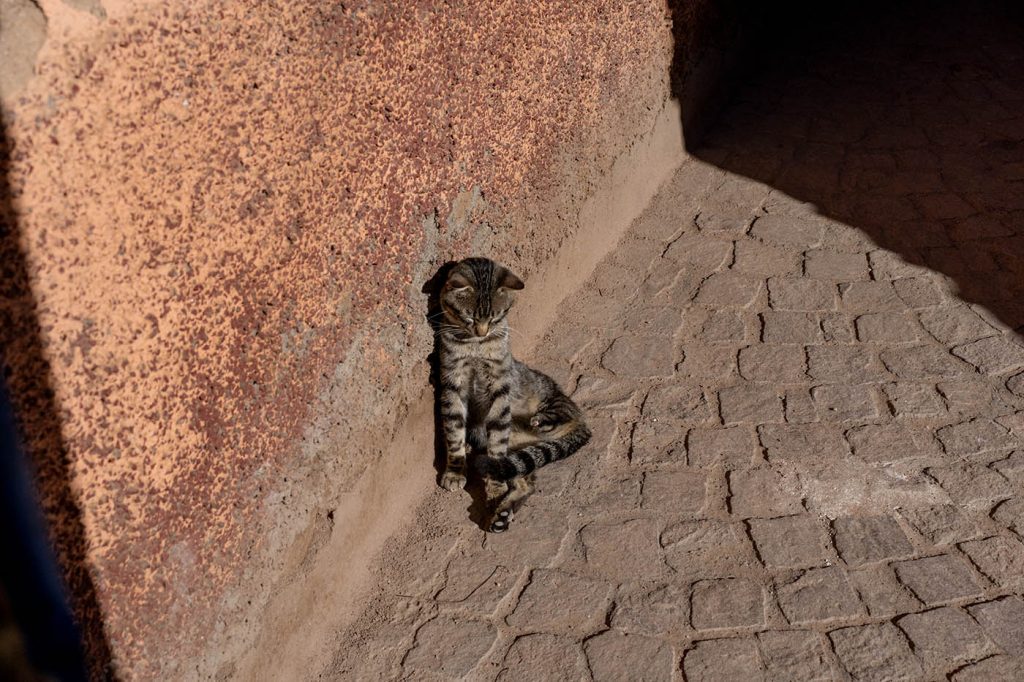
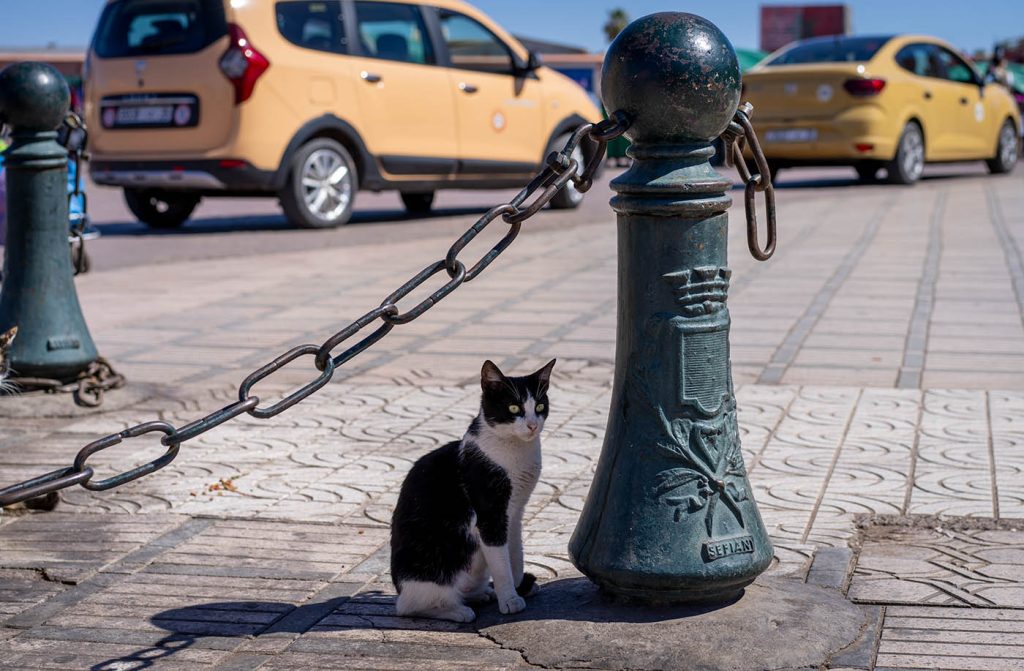
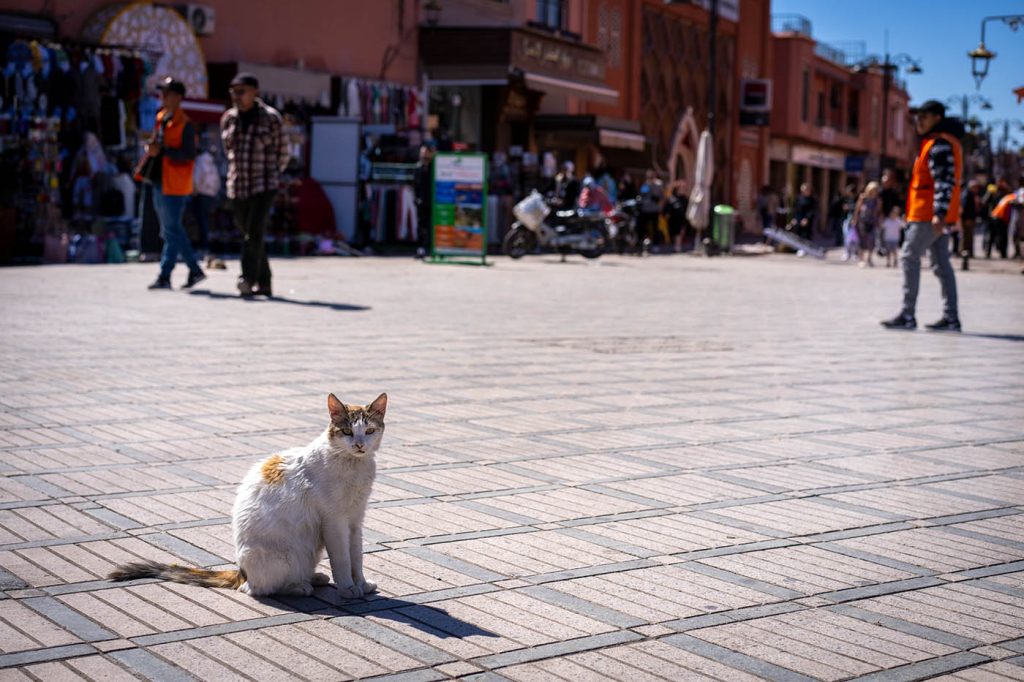
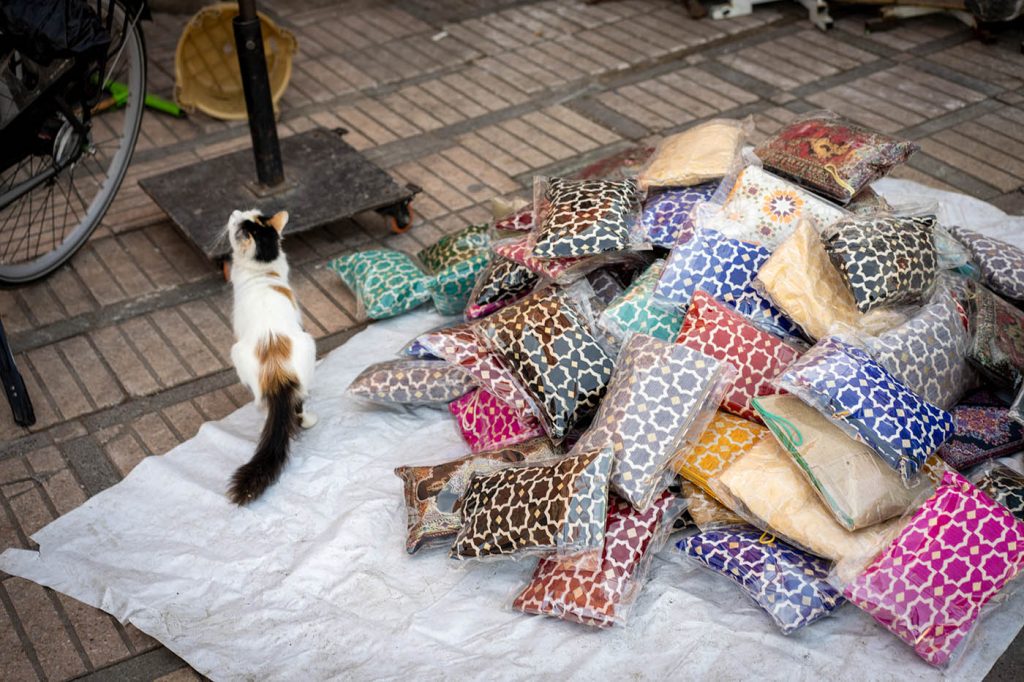
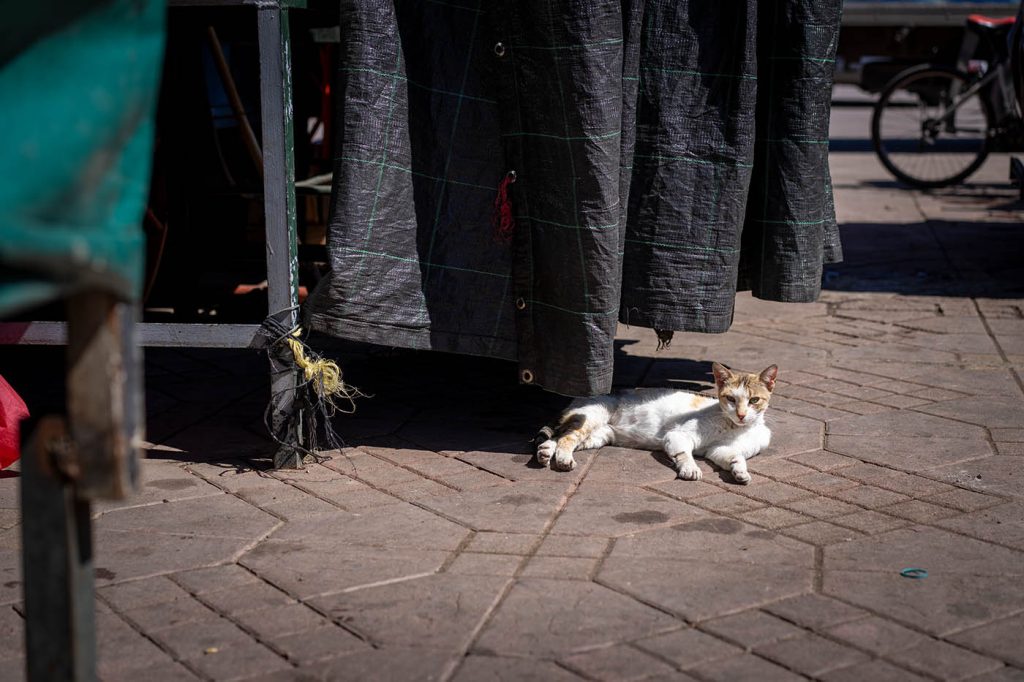
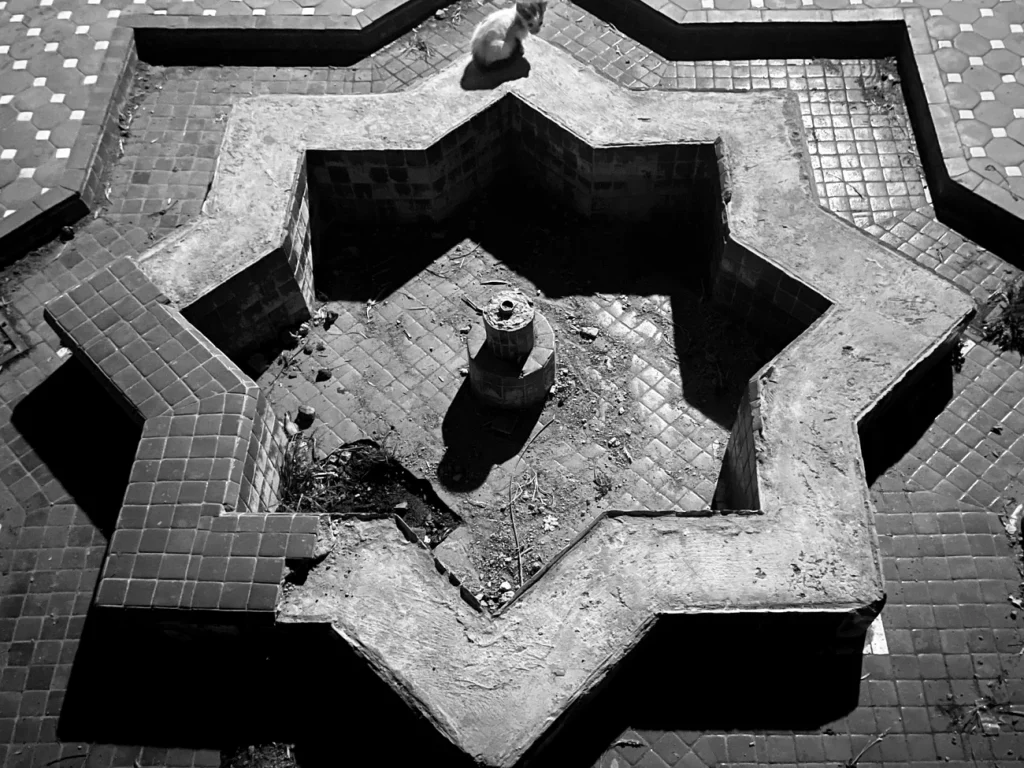
One of the highlights of Marrakech is the Koutoubia Mosque, read more about it here.
See more posts: https://morocco-phototours.com
If you like cats: https://www.reddit.com/r/cats/
Ancient Egyptians and cats: https://www.science.org/content/article/ancient-egyptians-may-have-given-cats-personality-conquer-world

